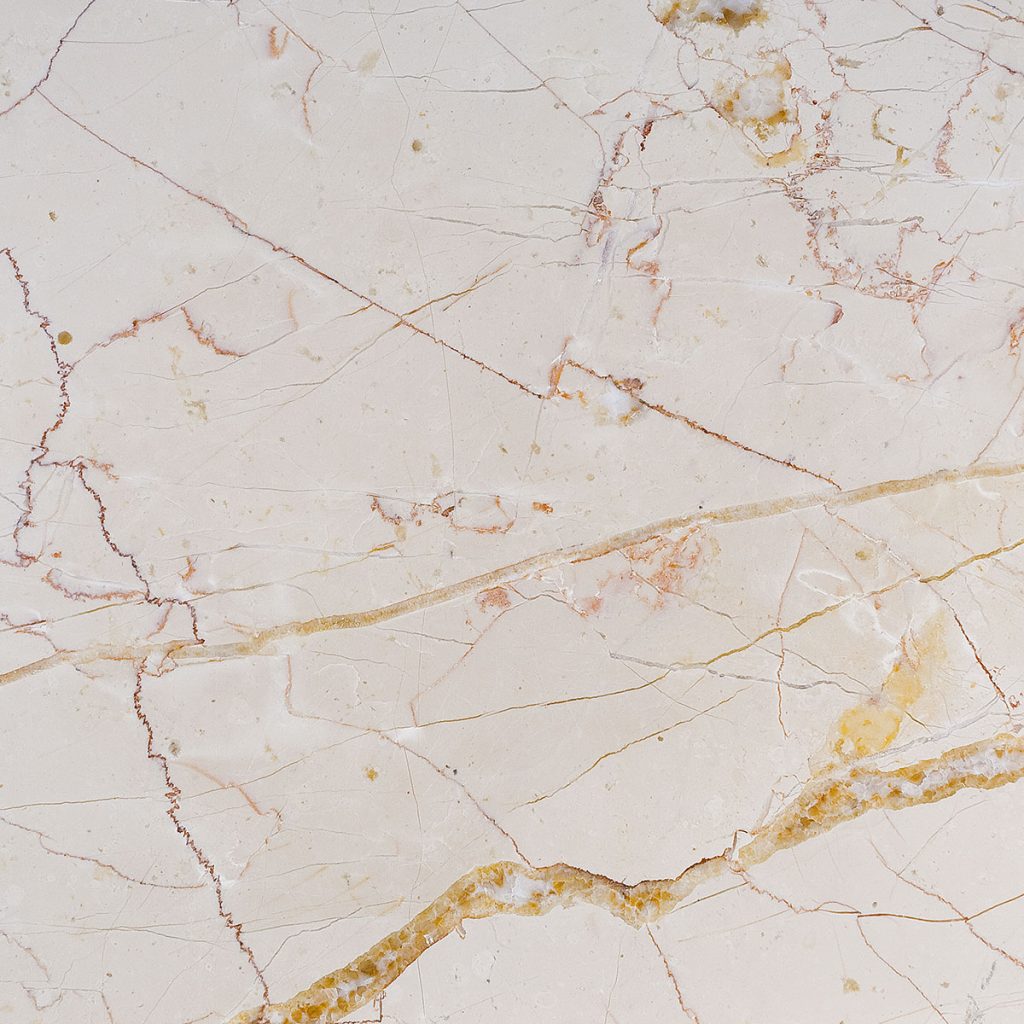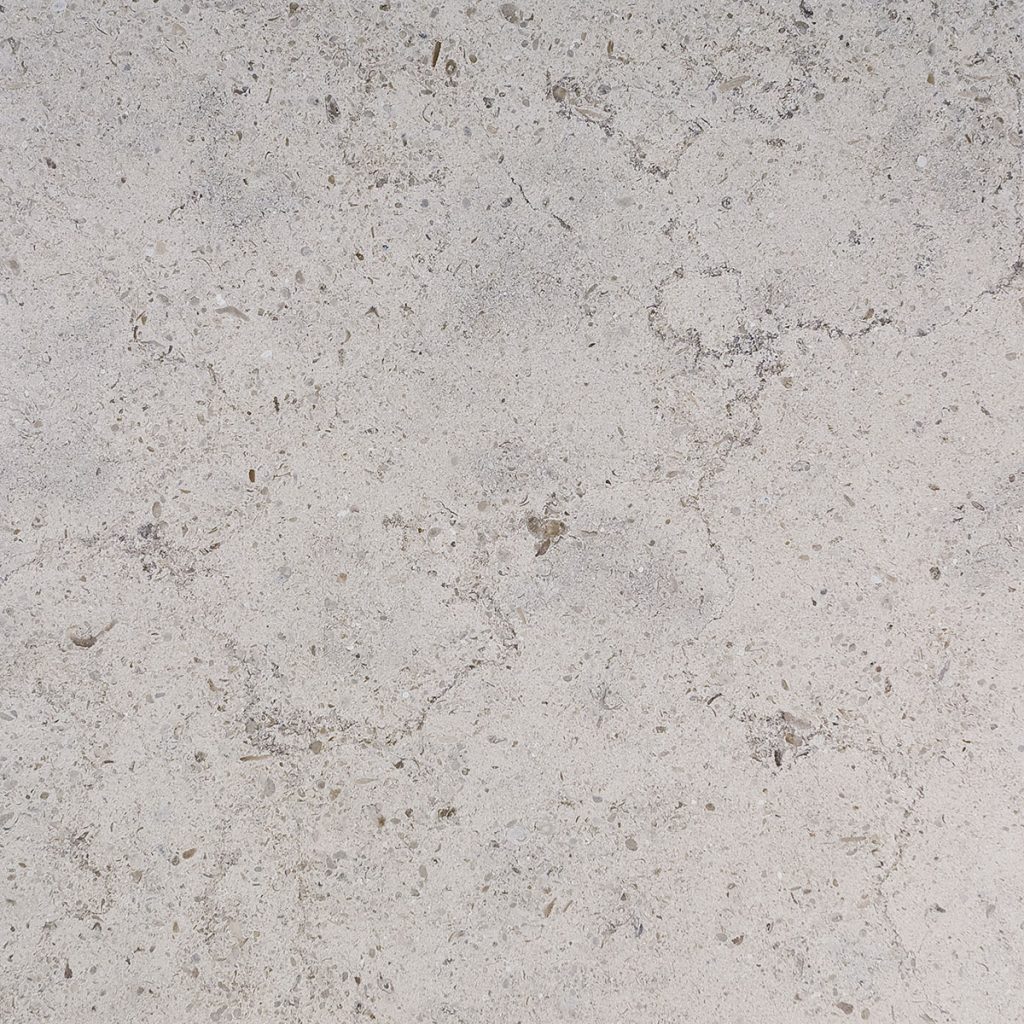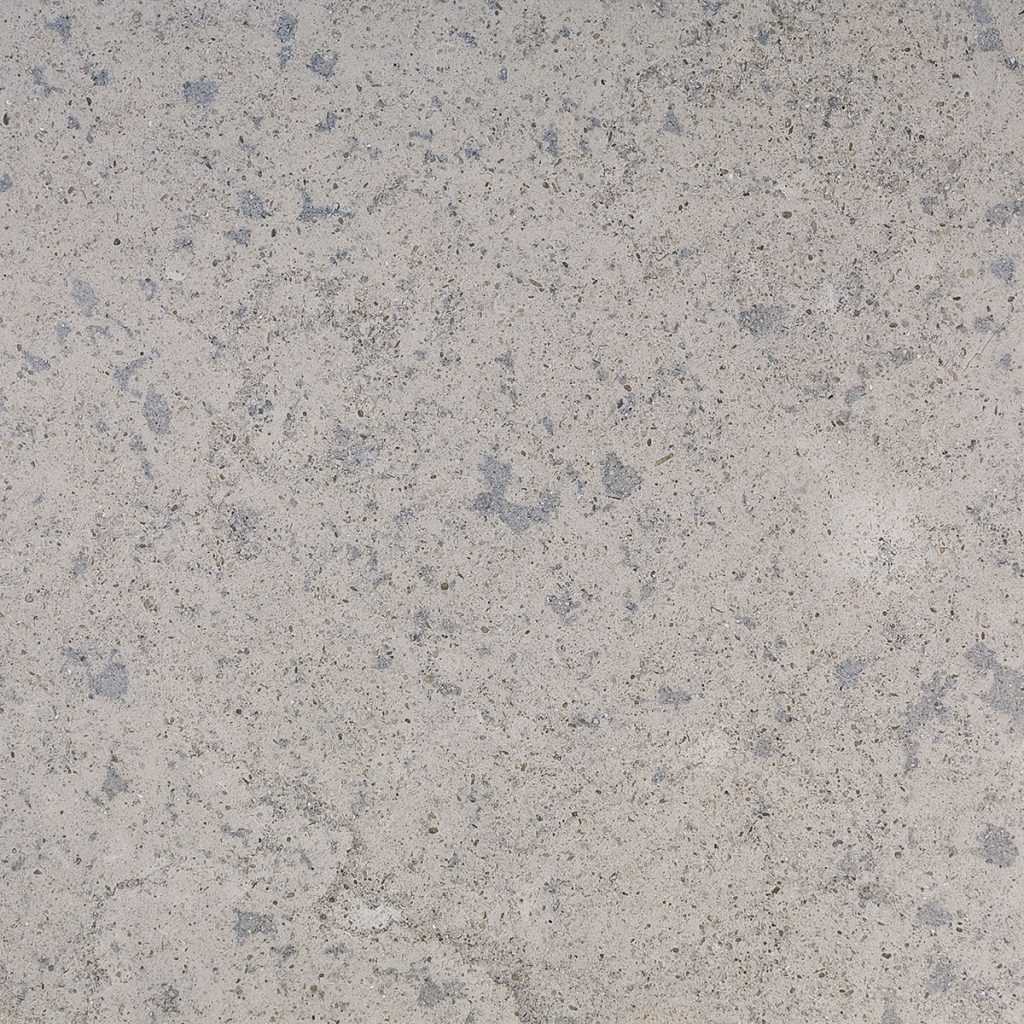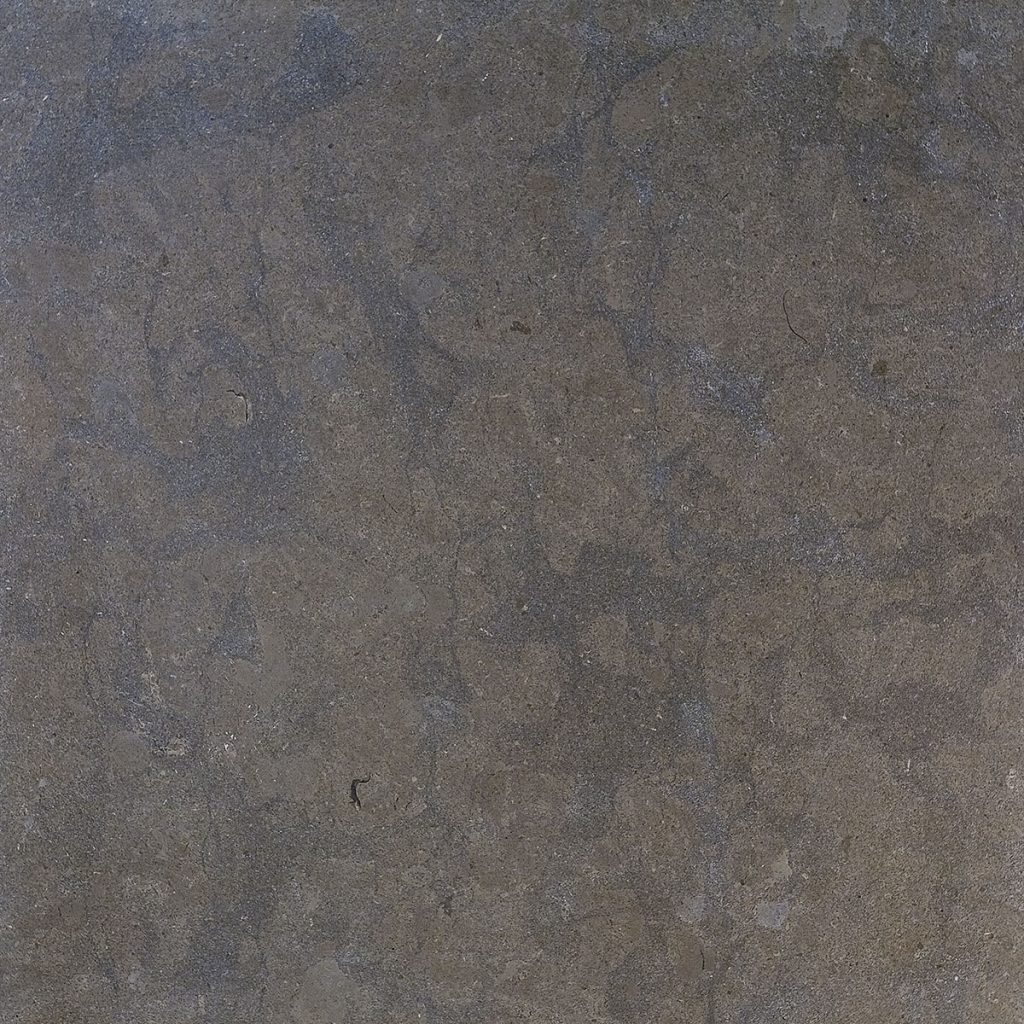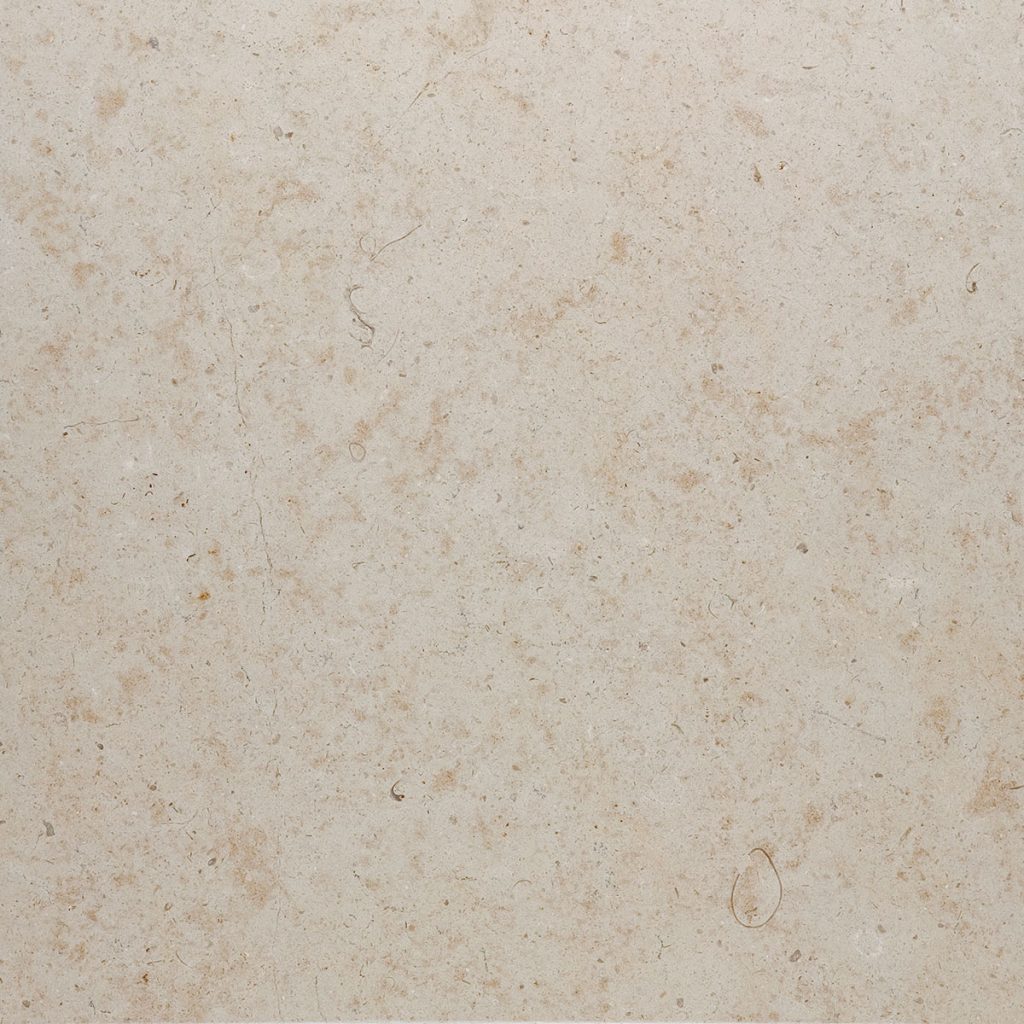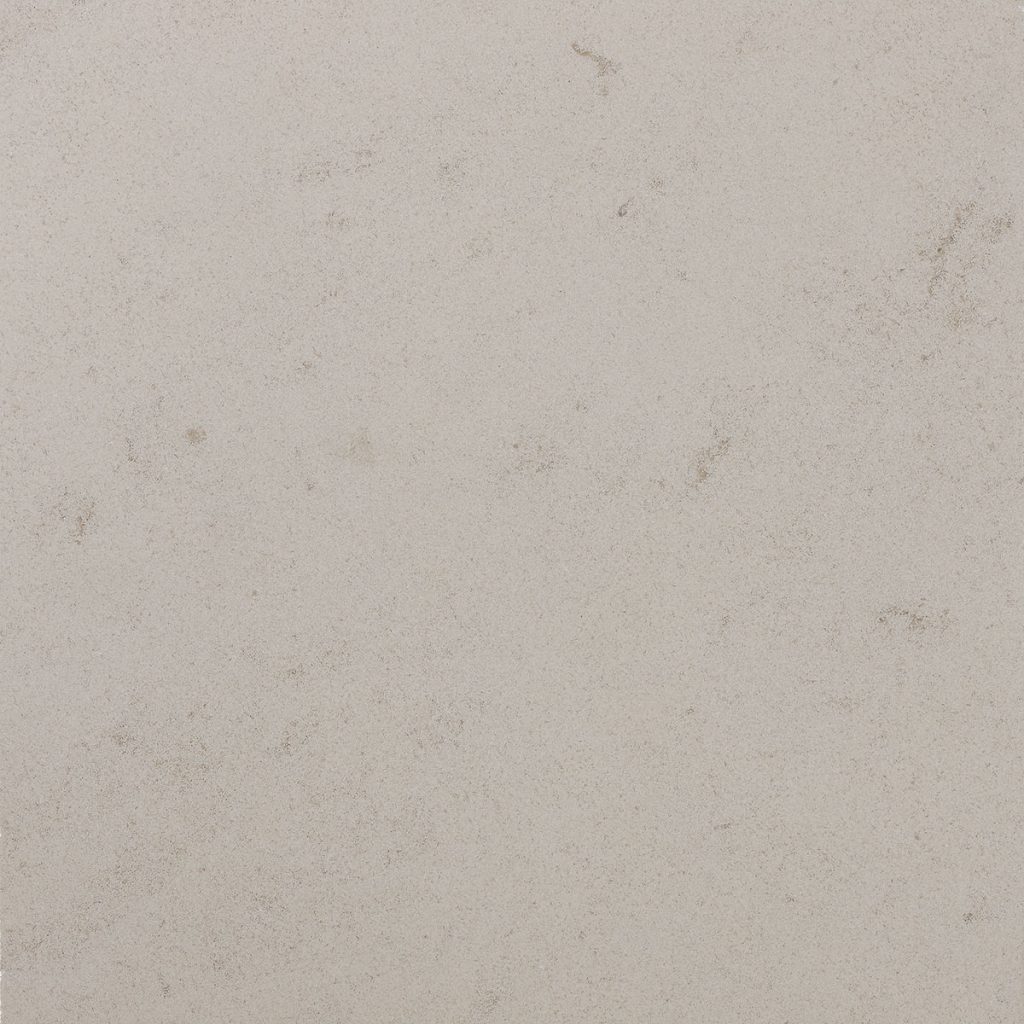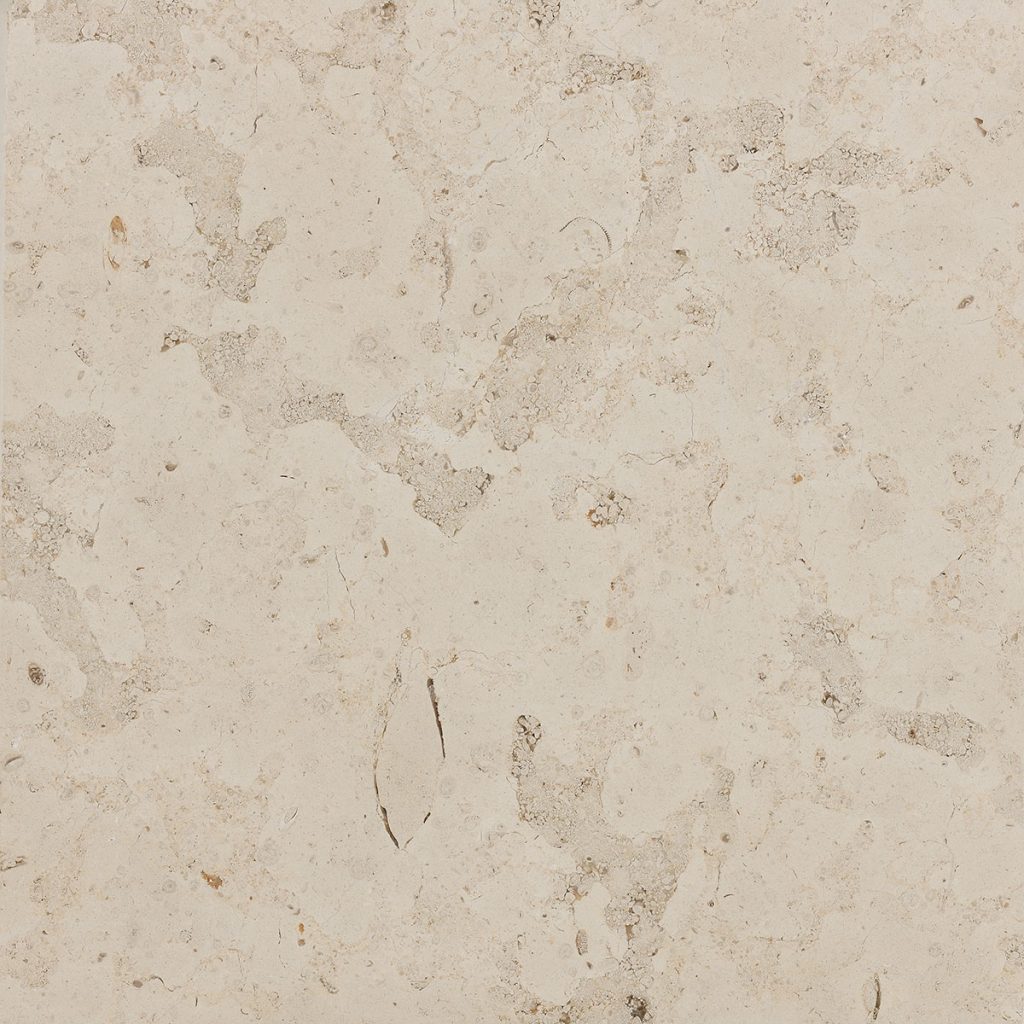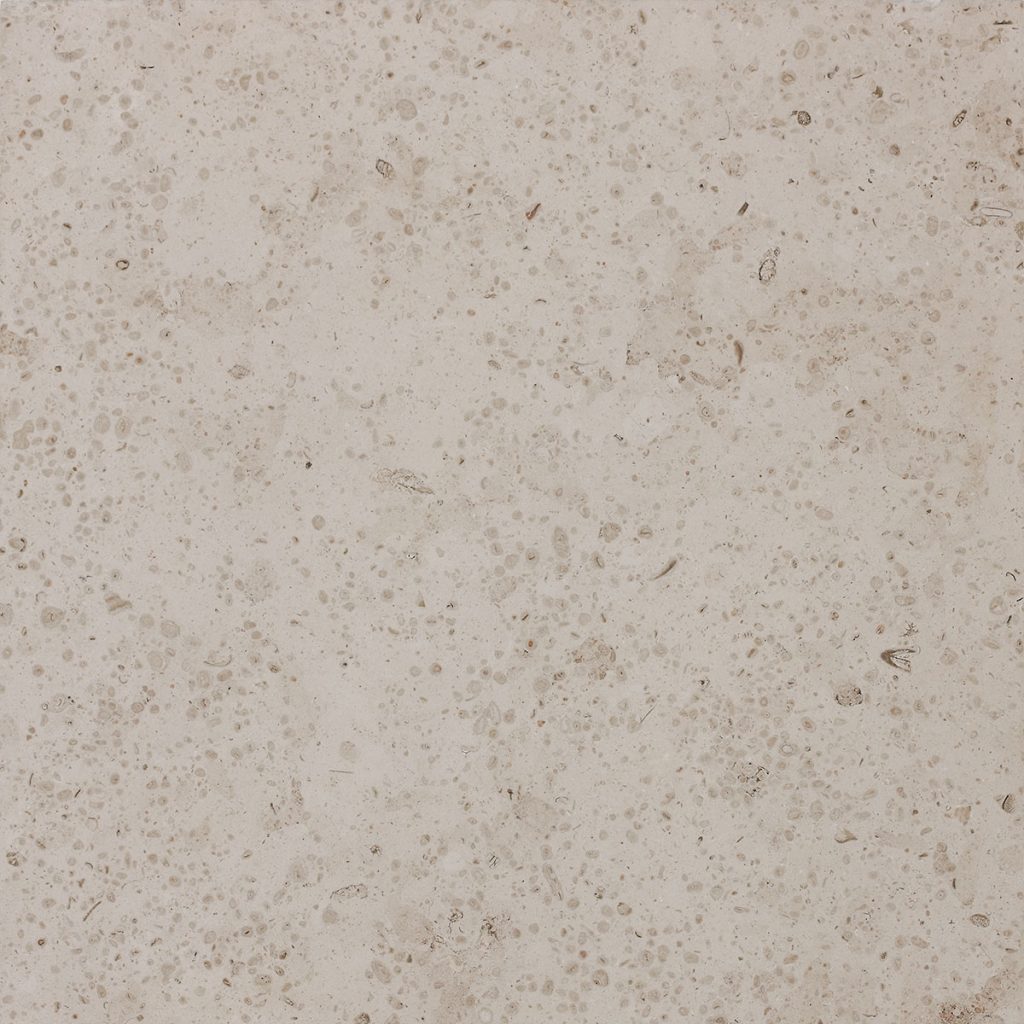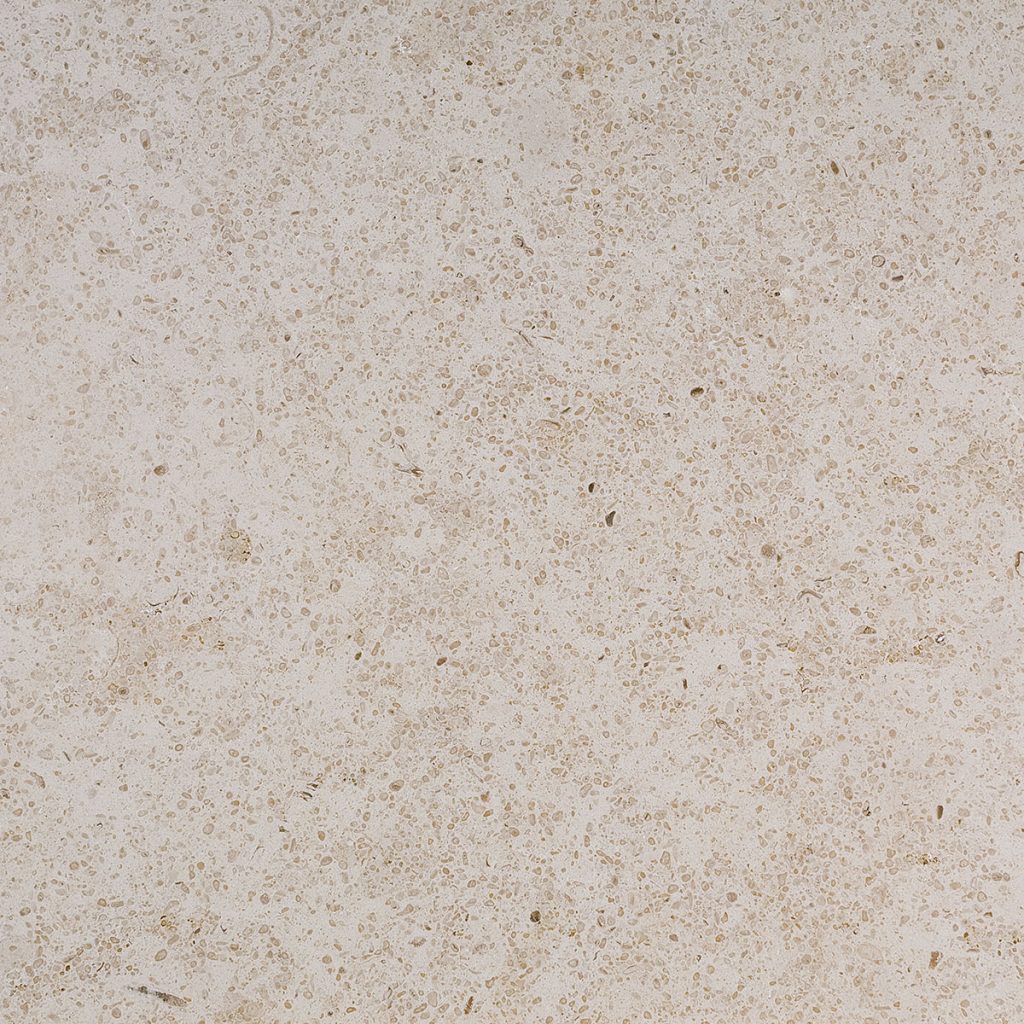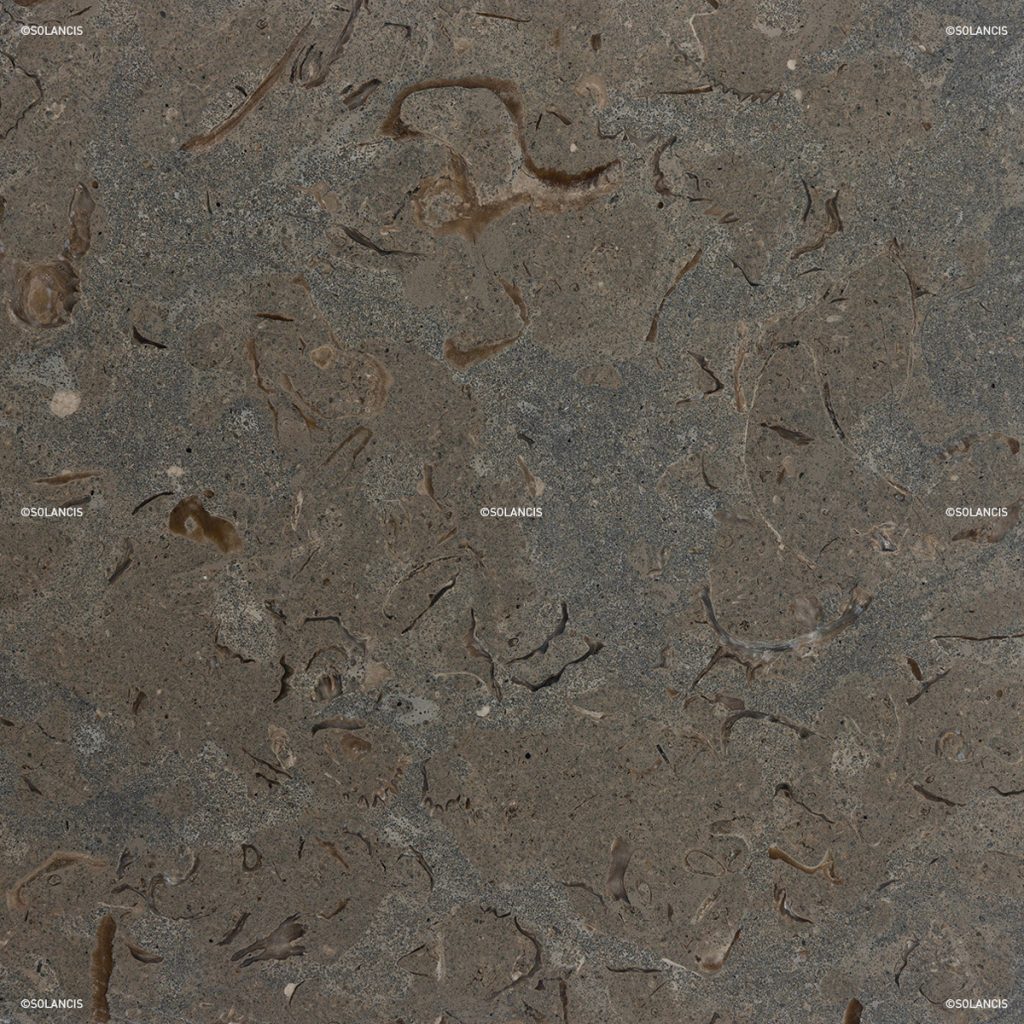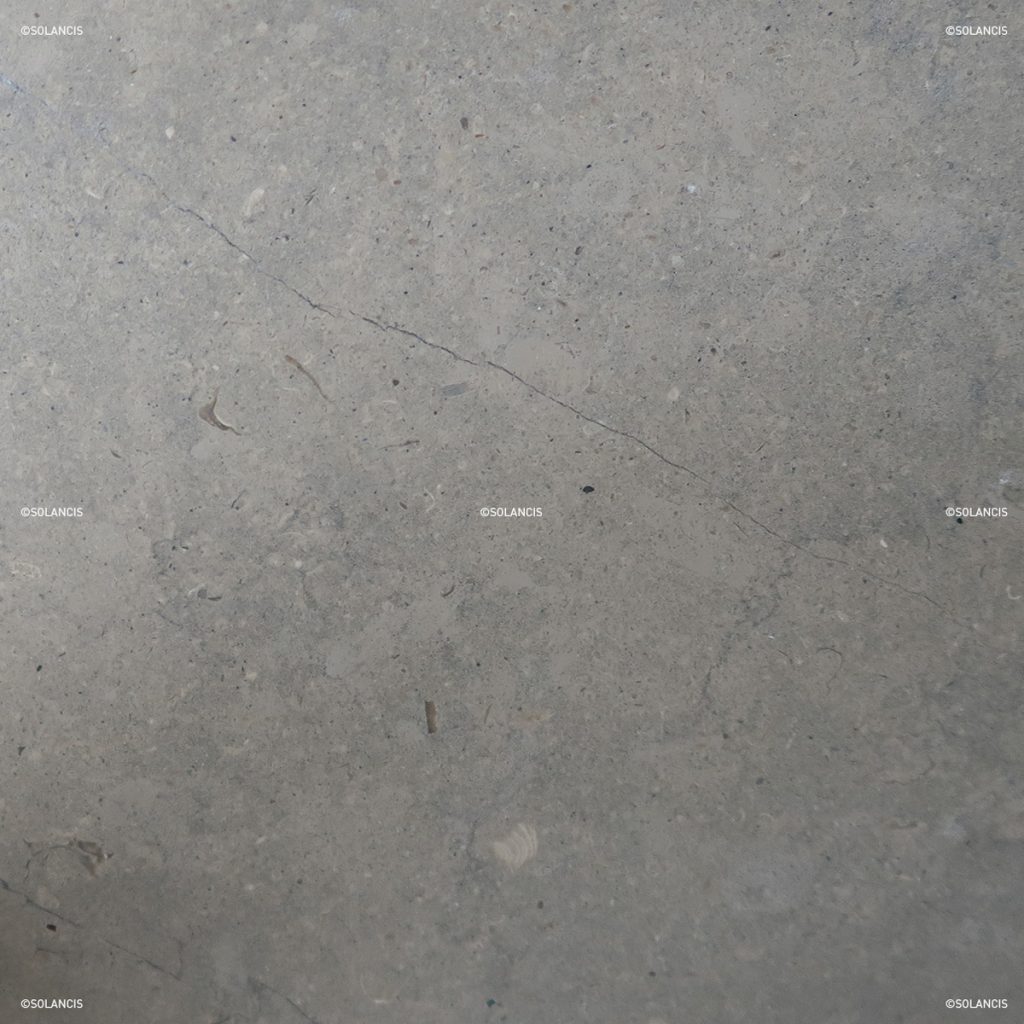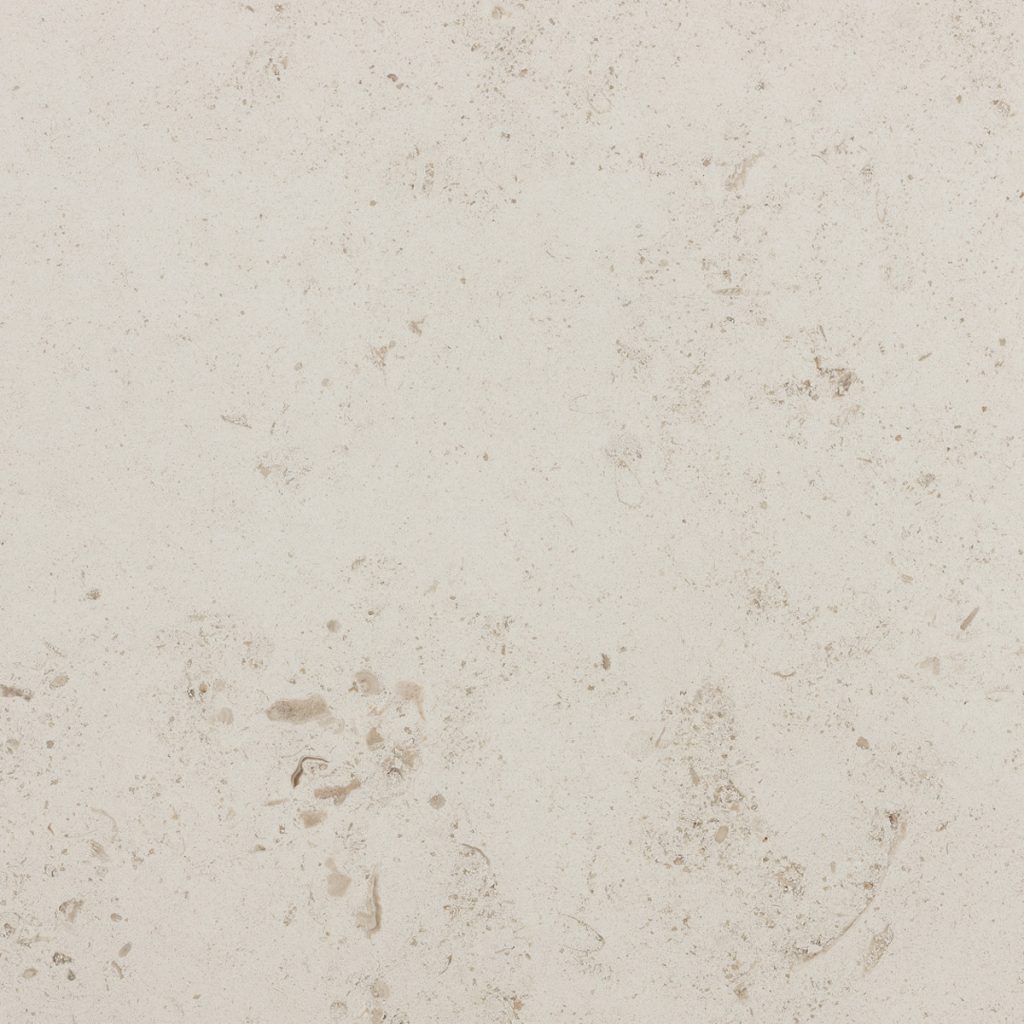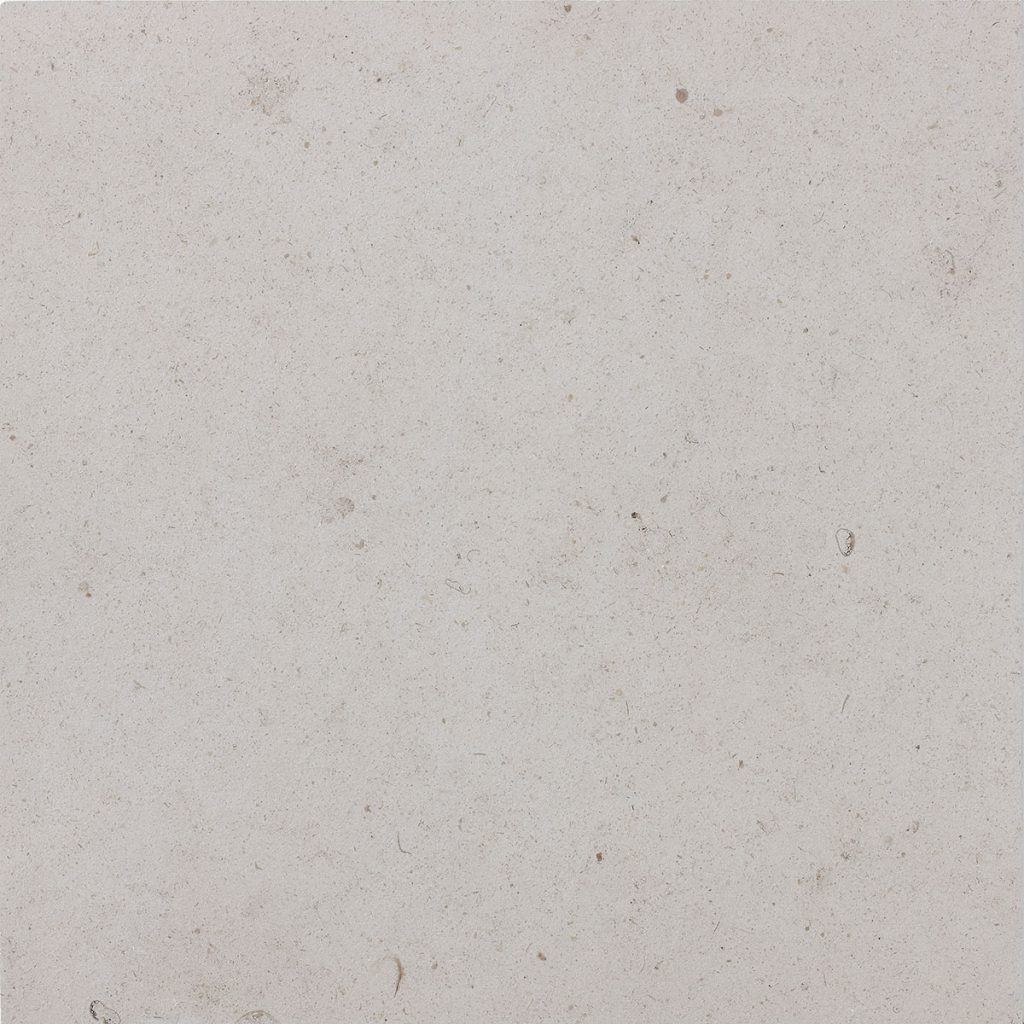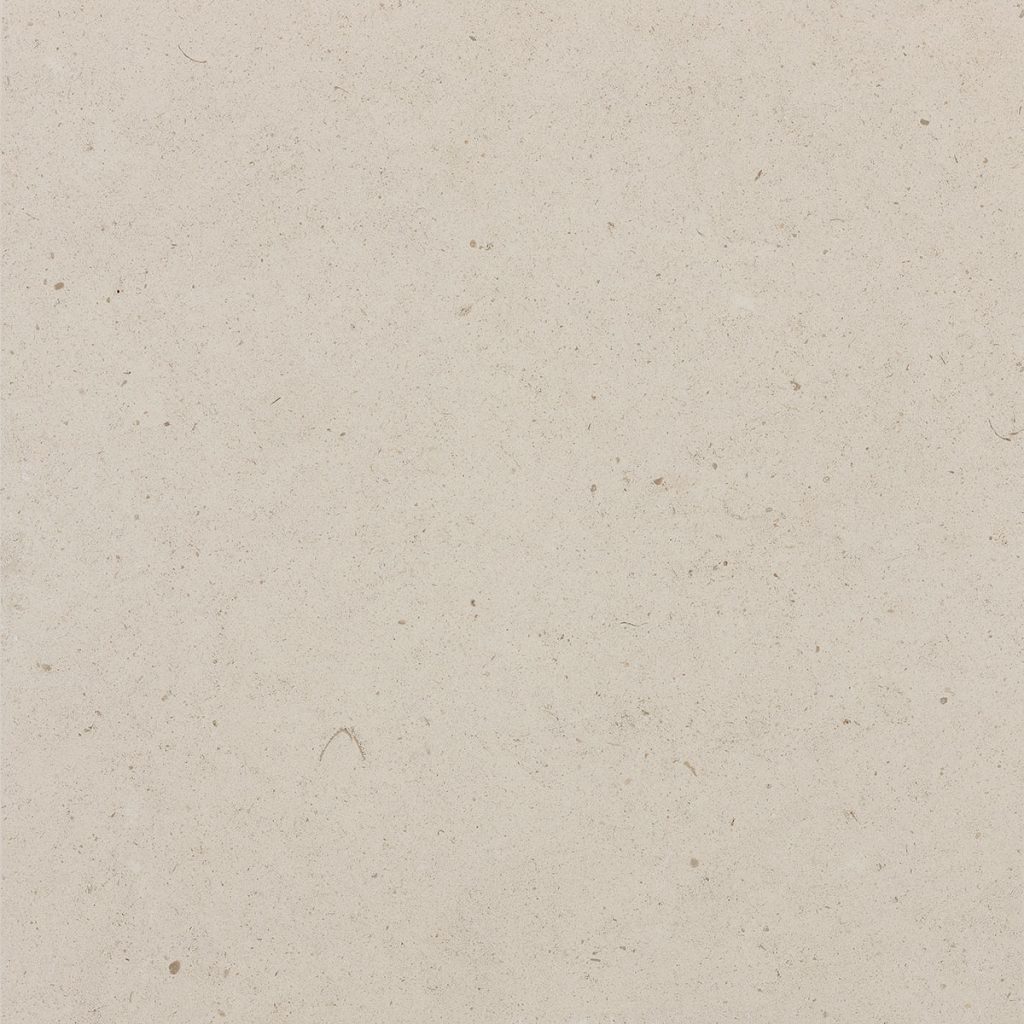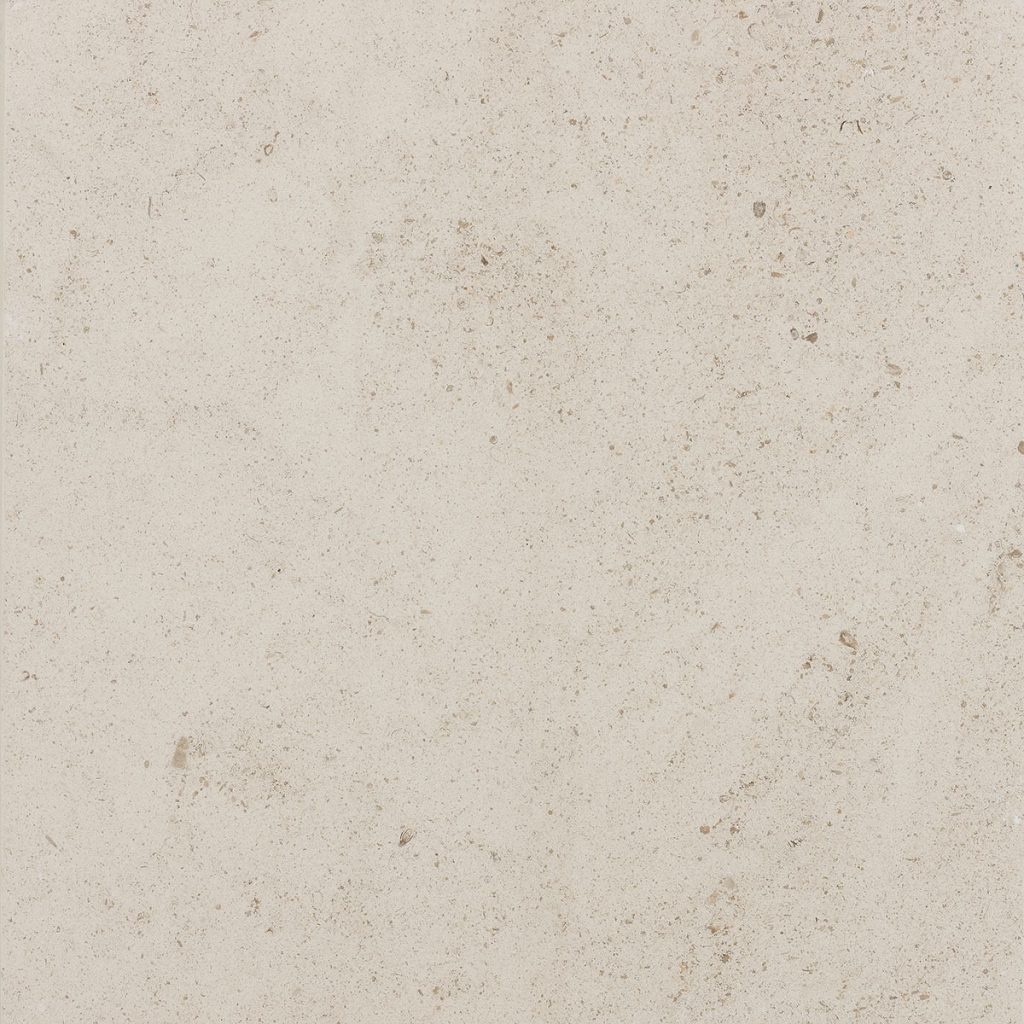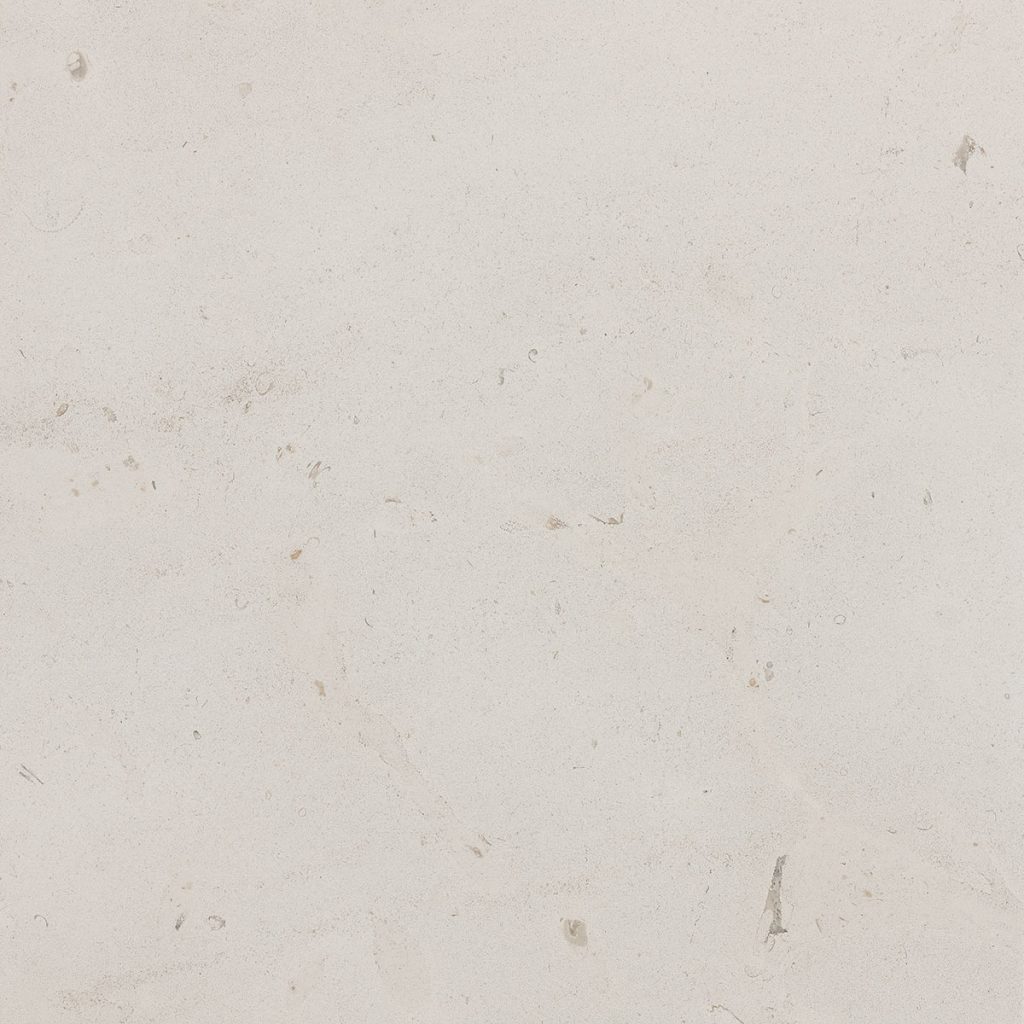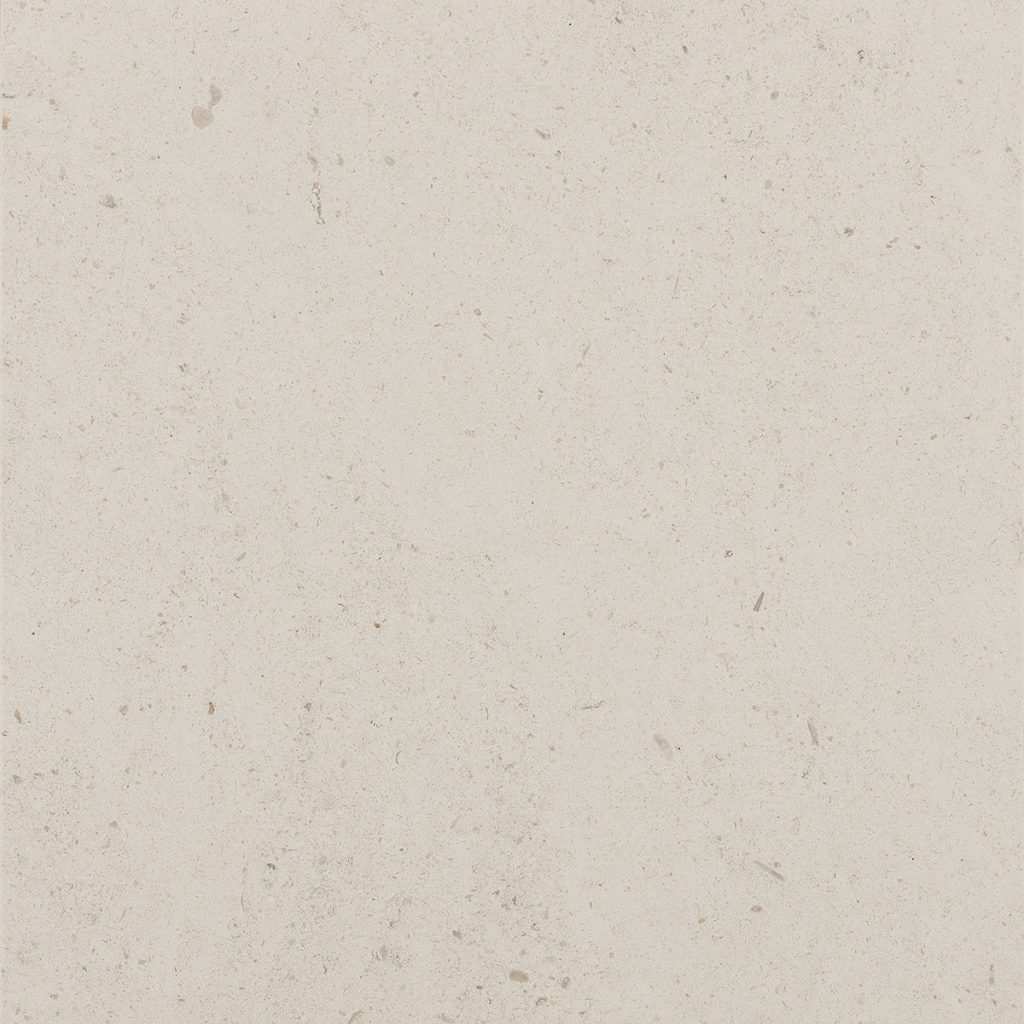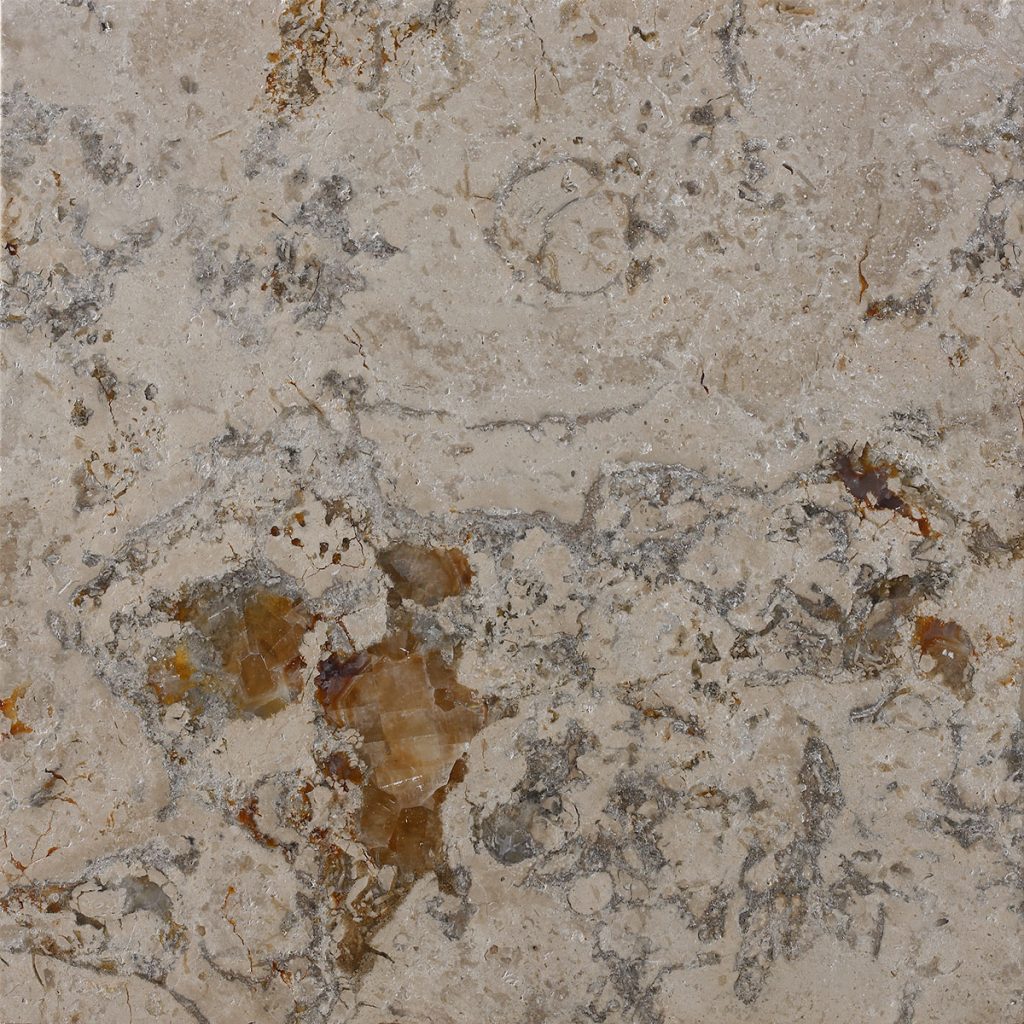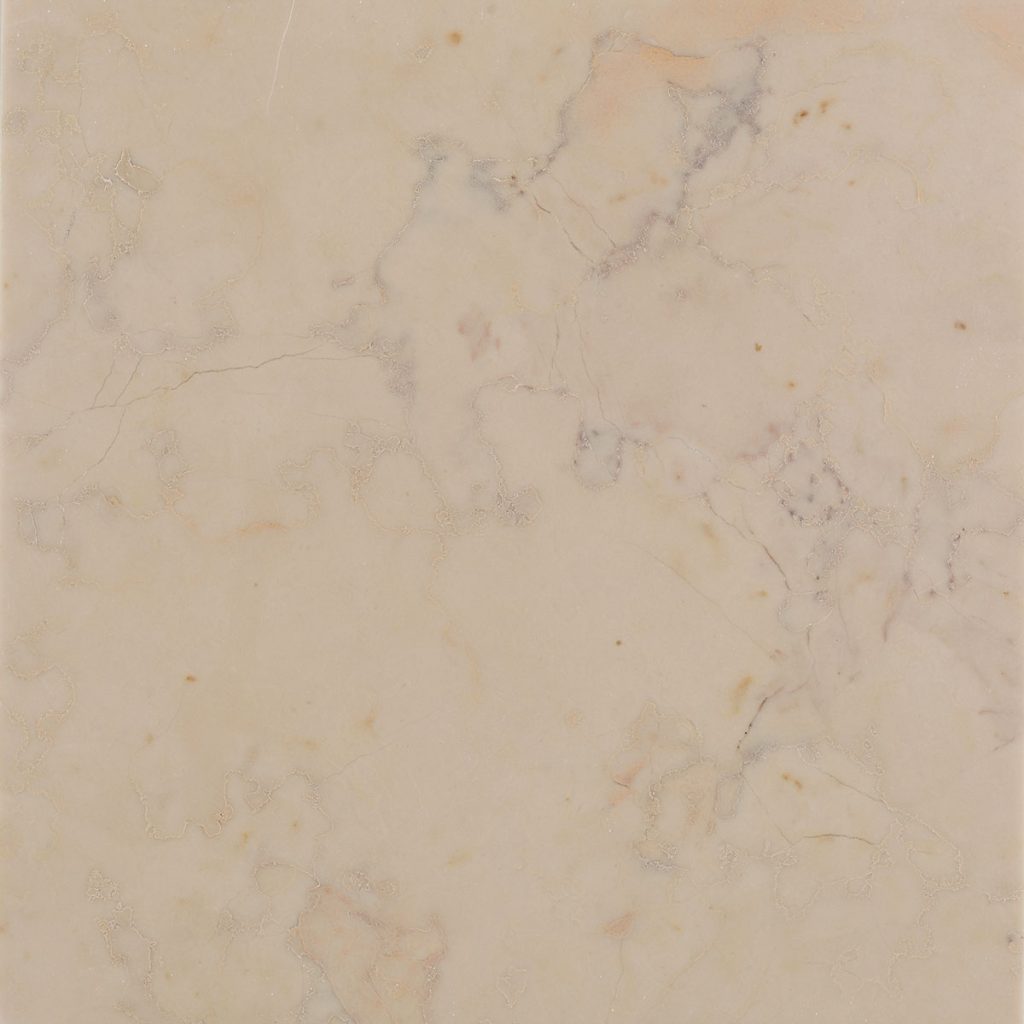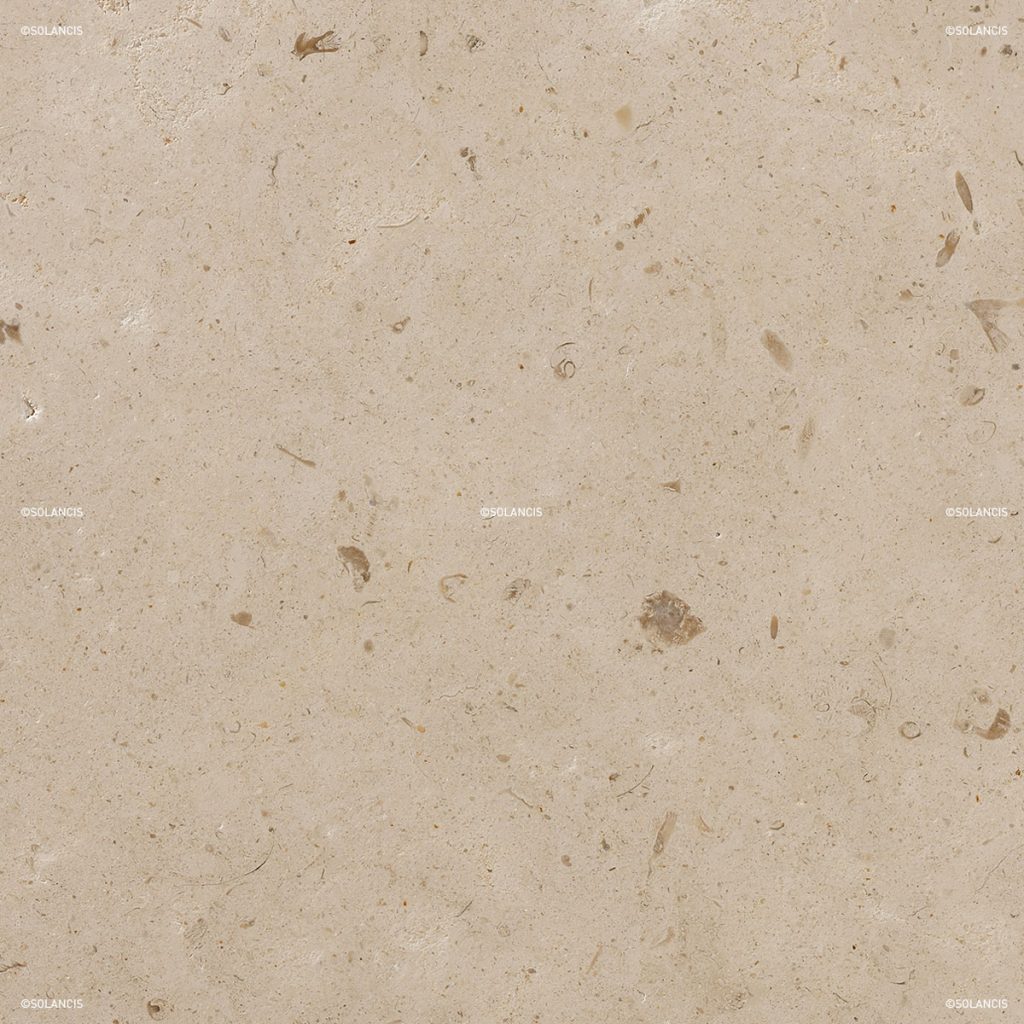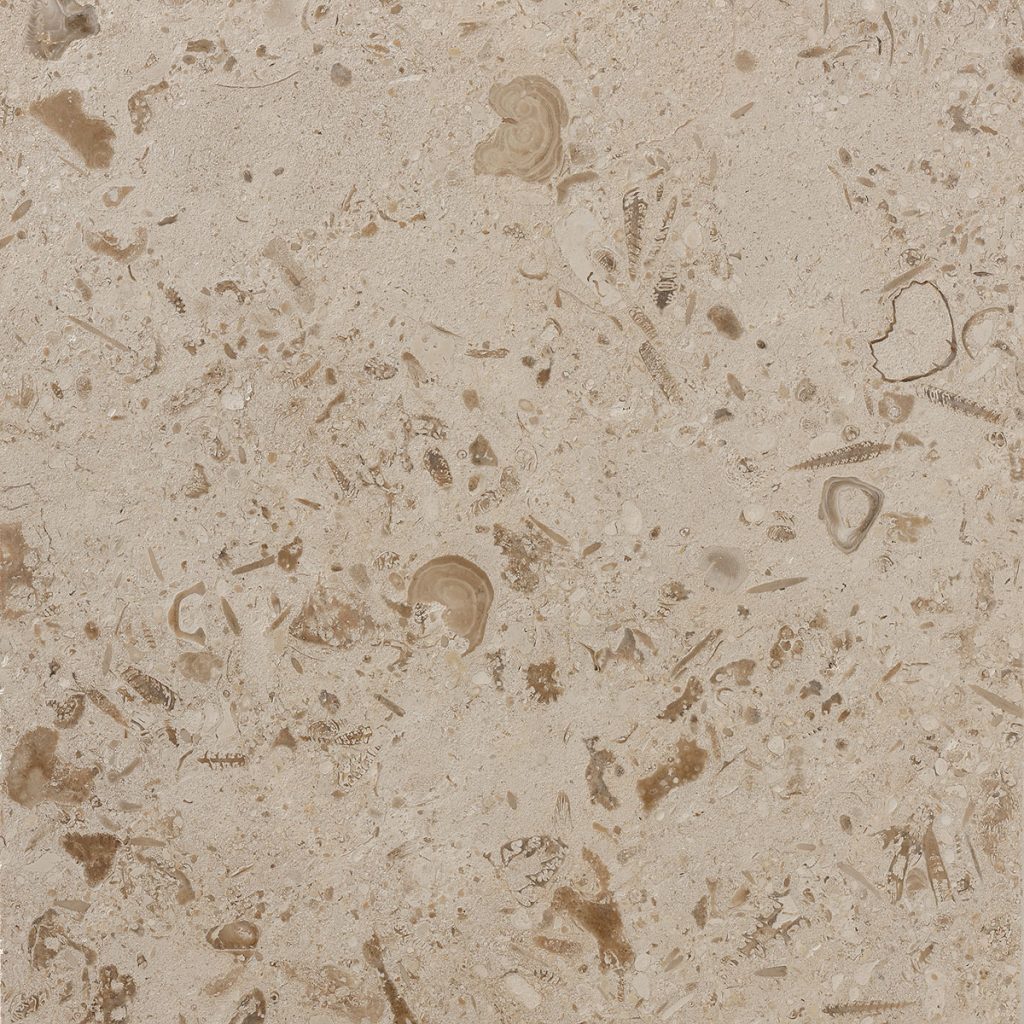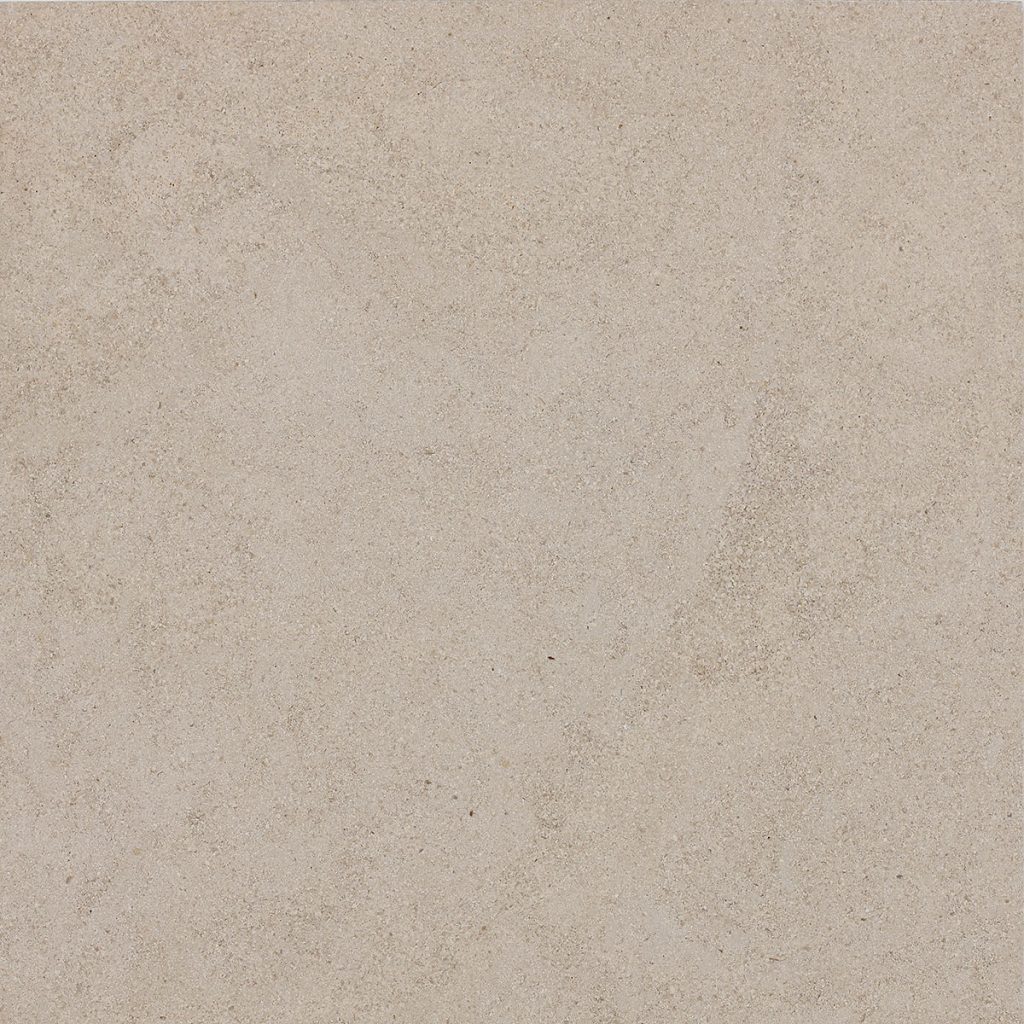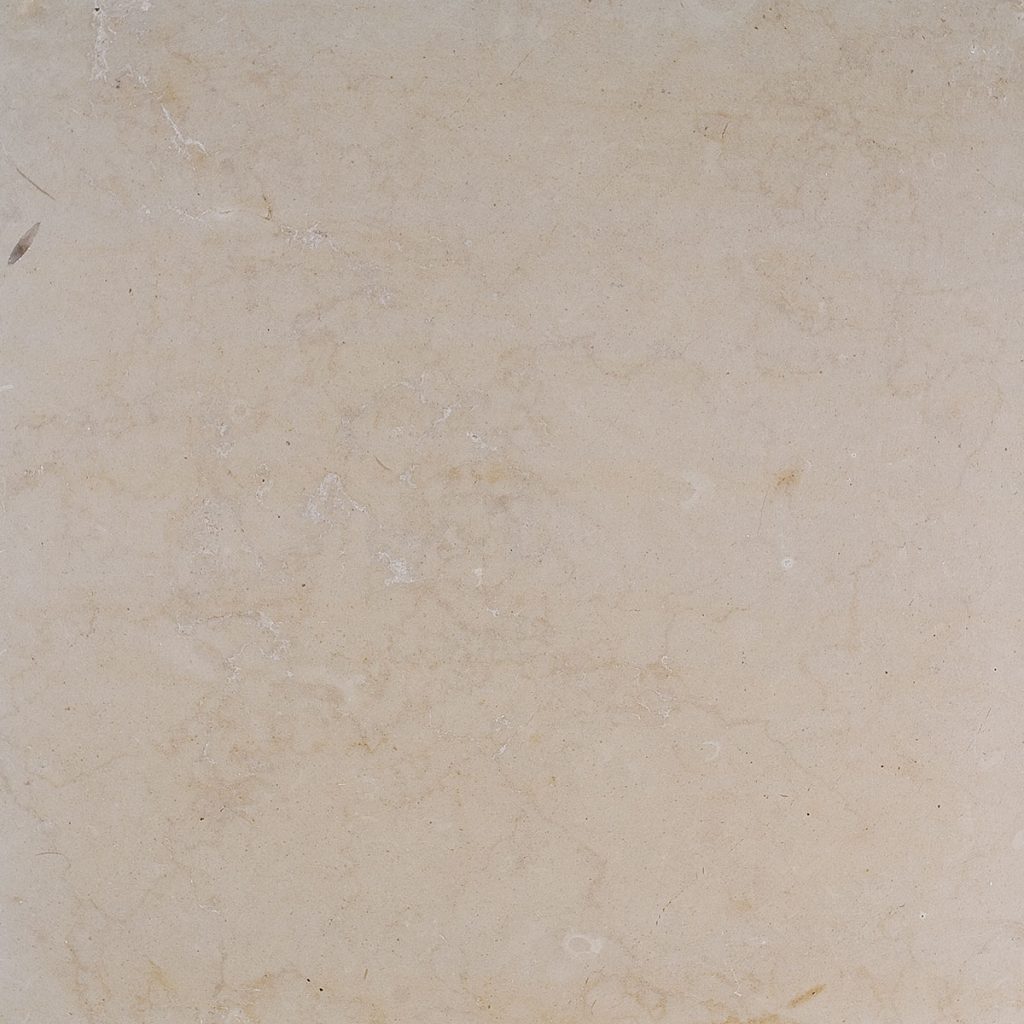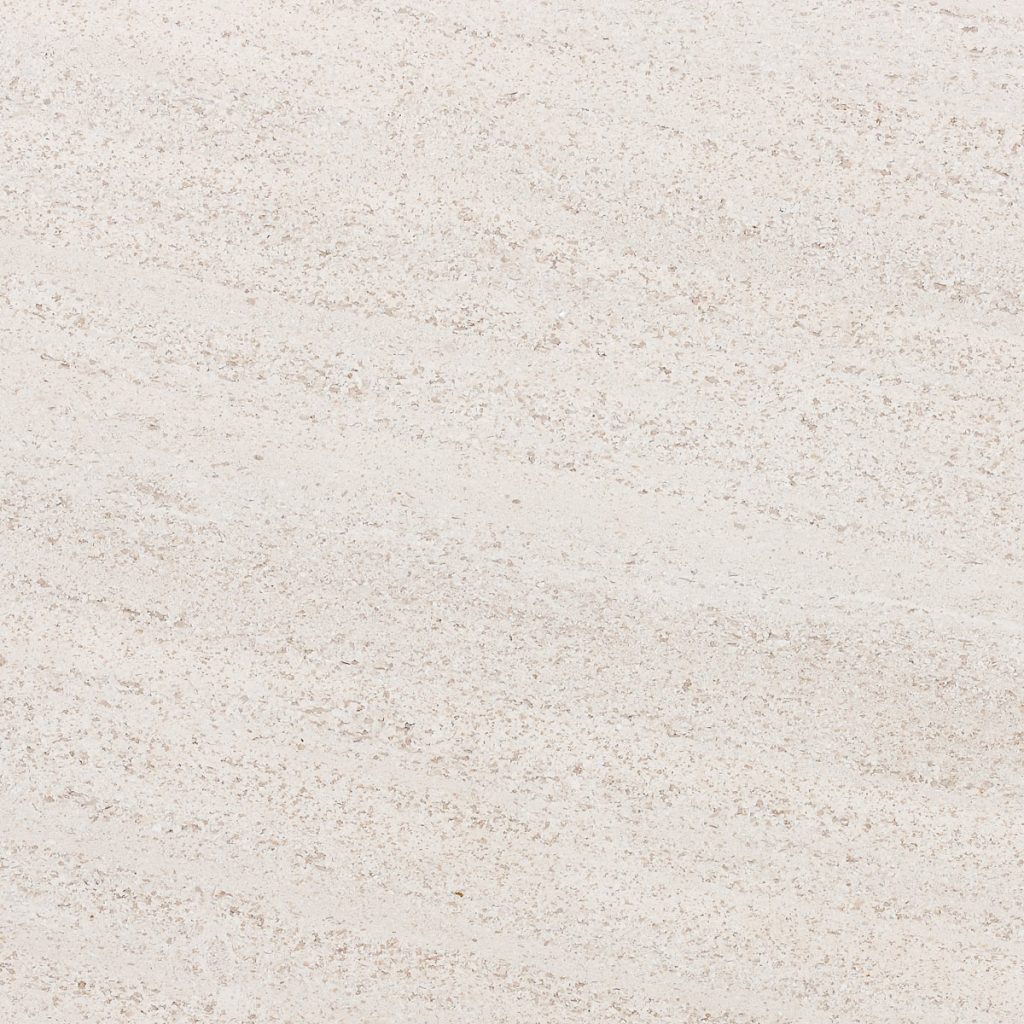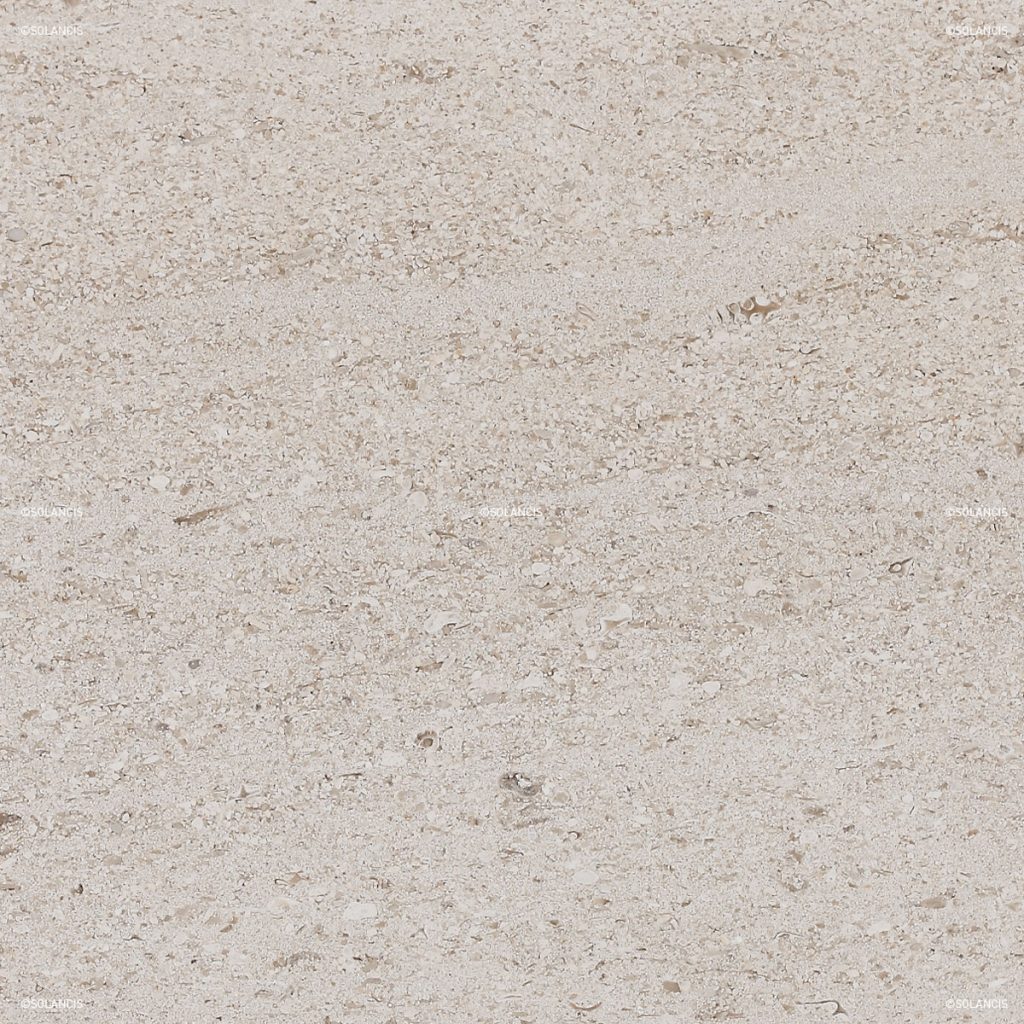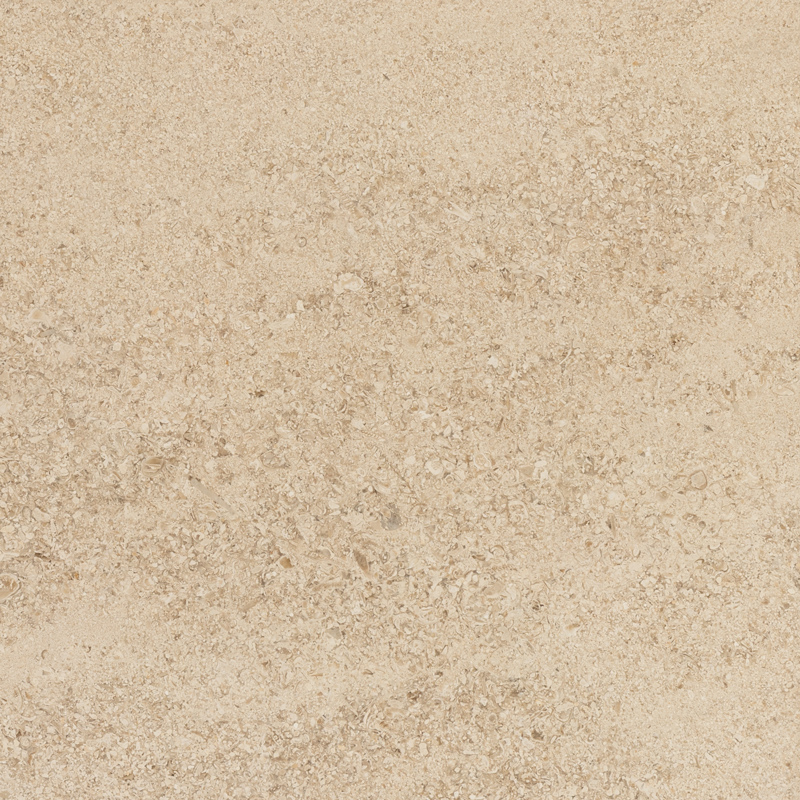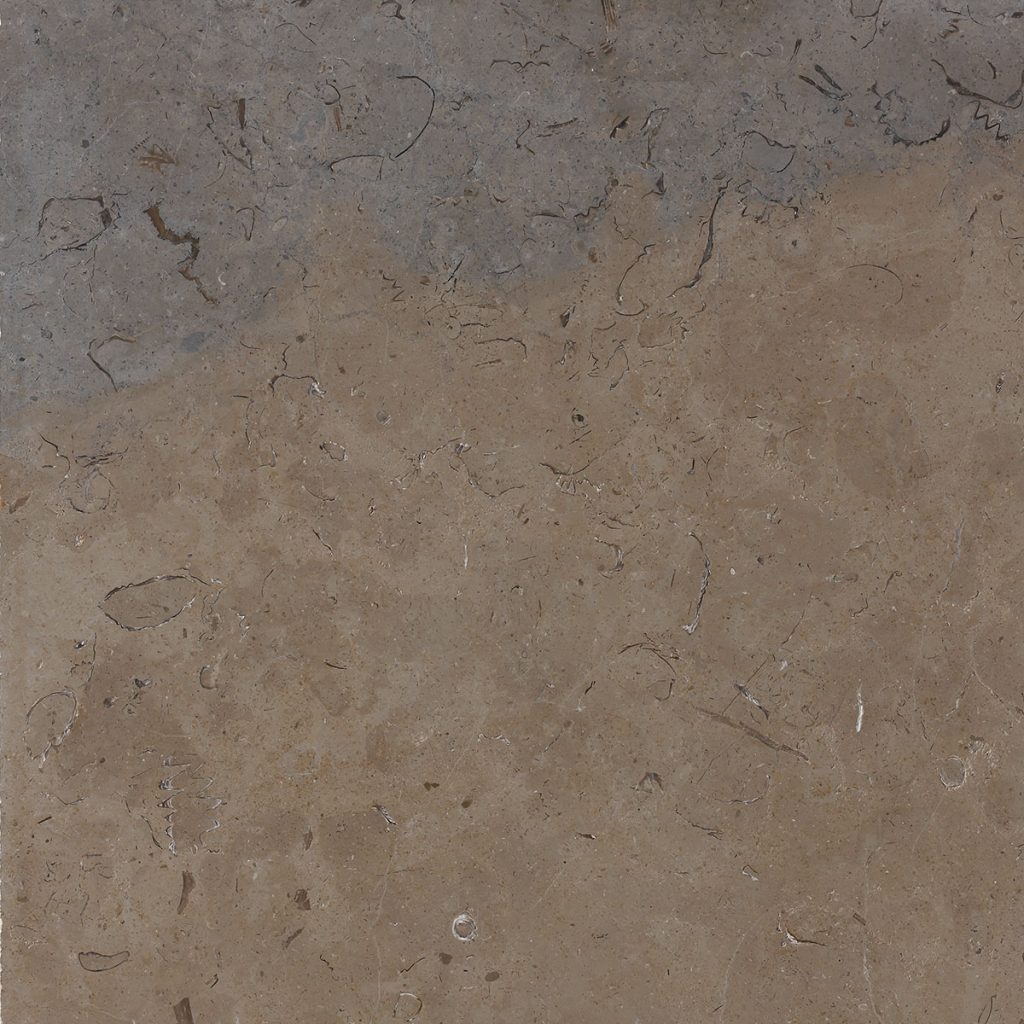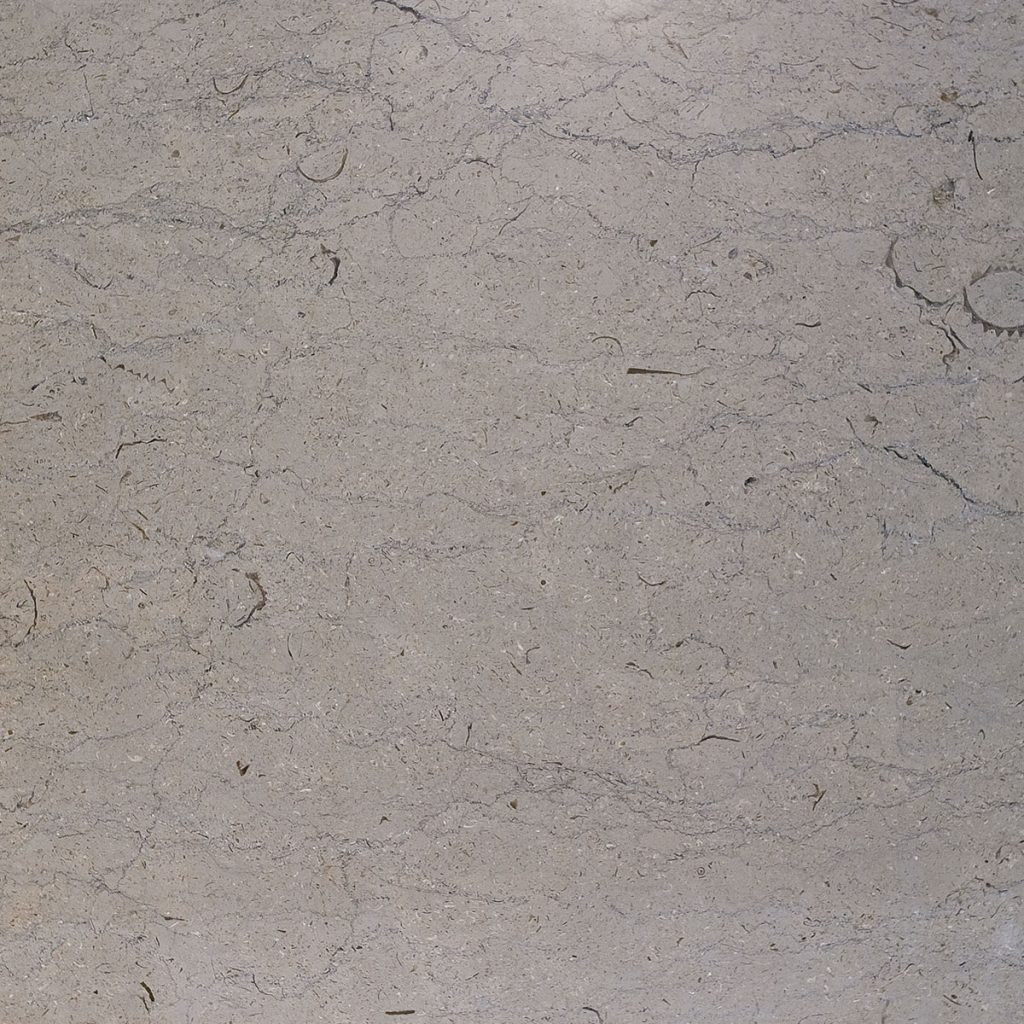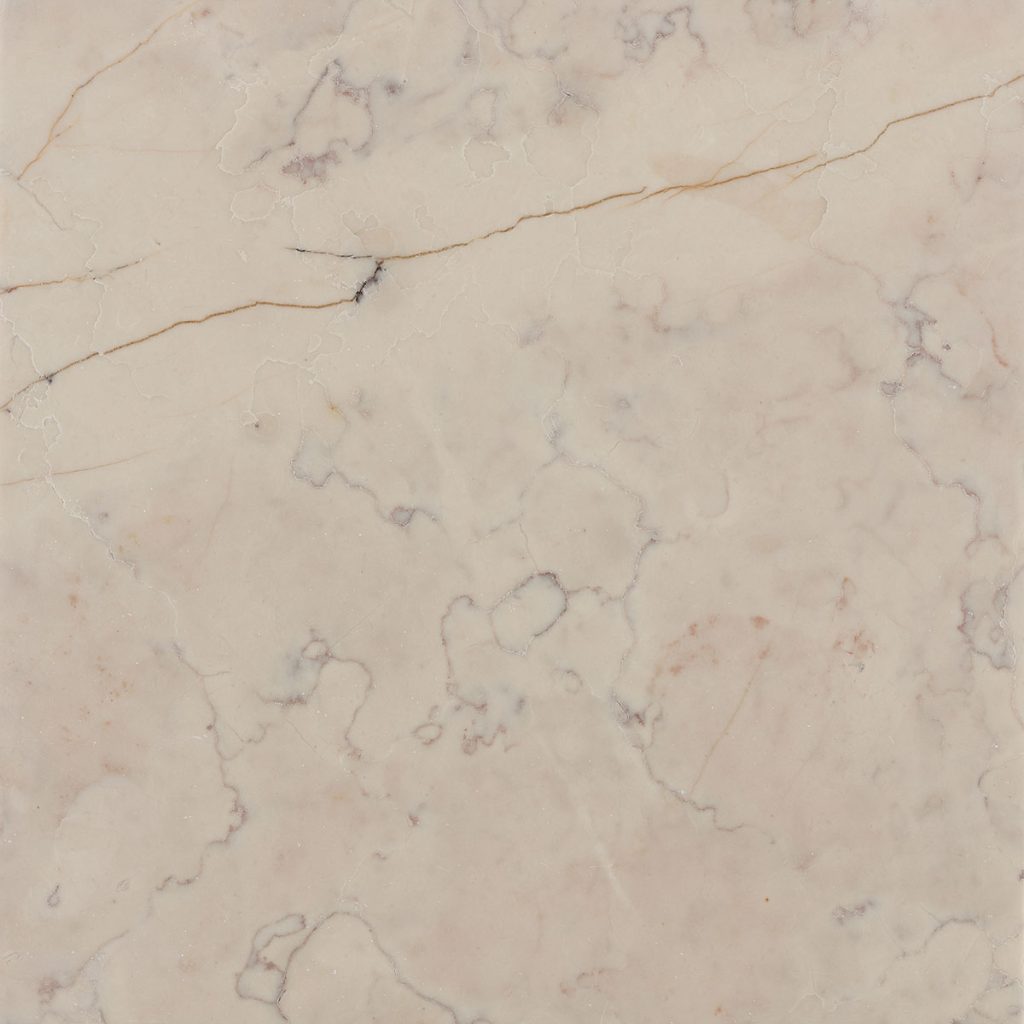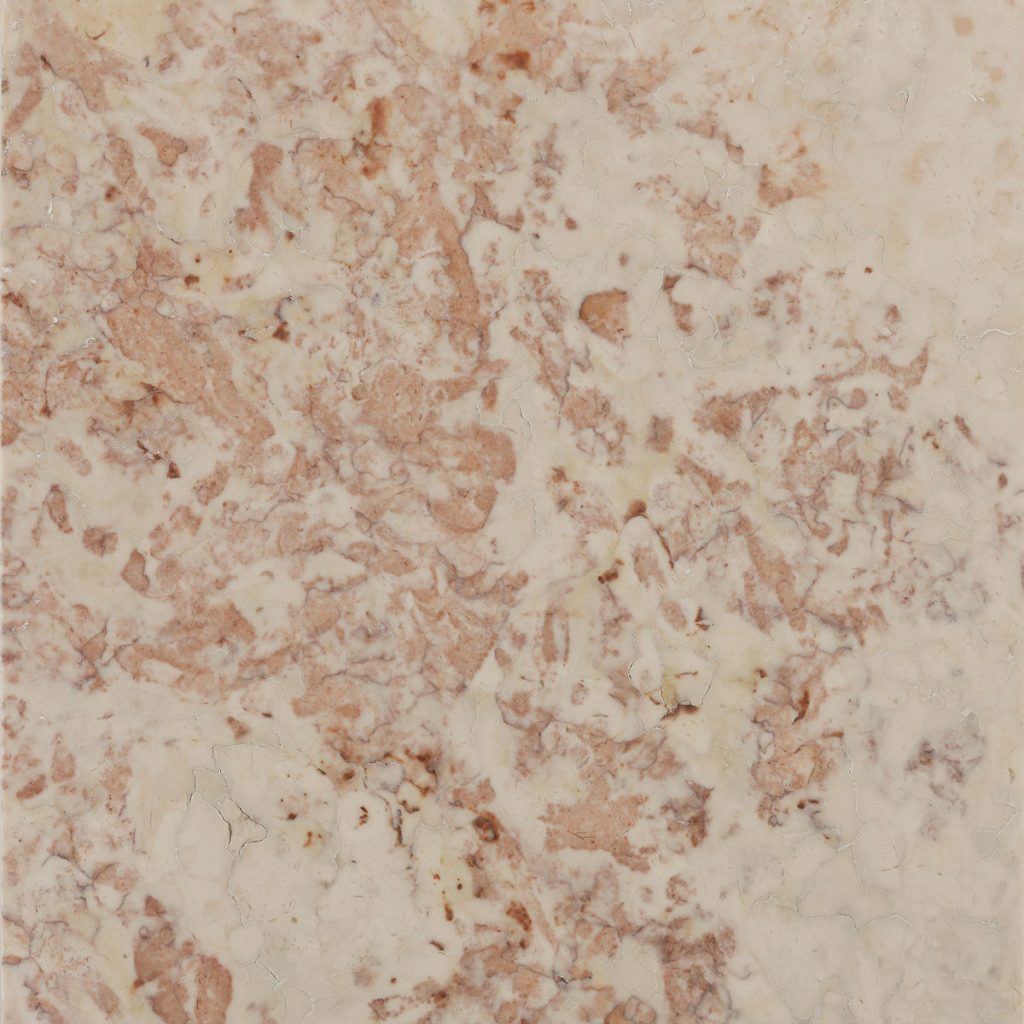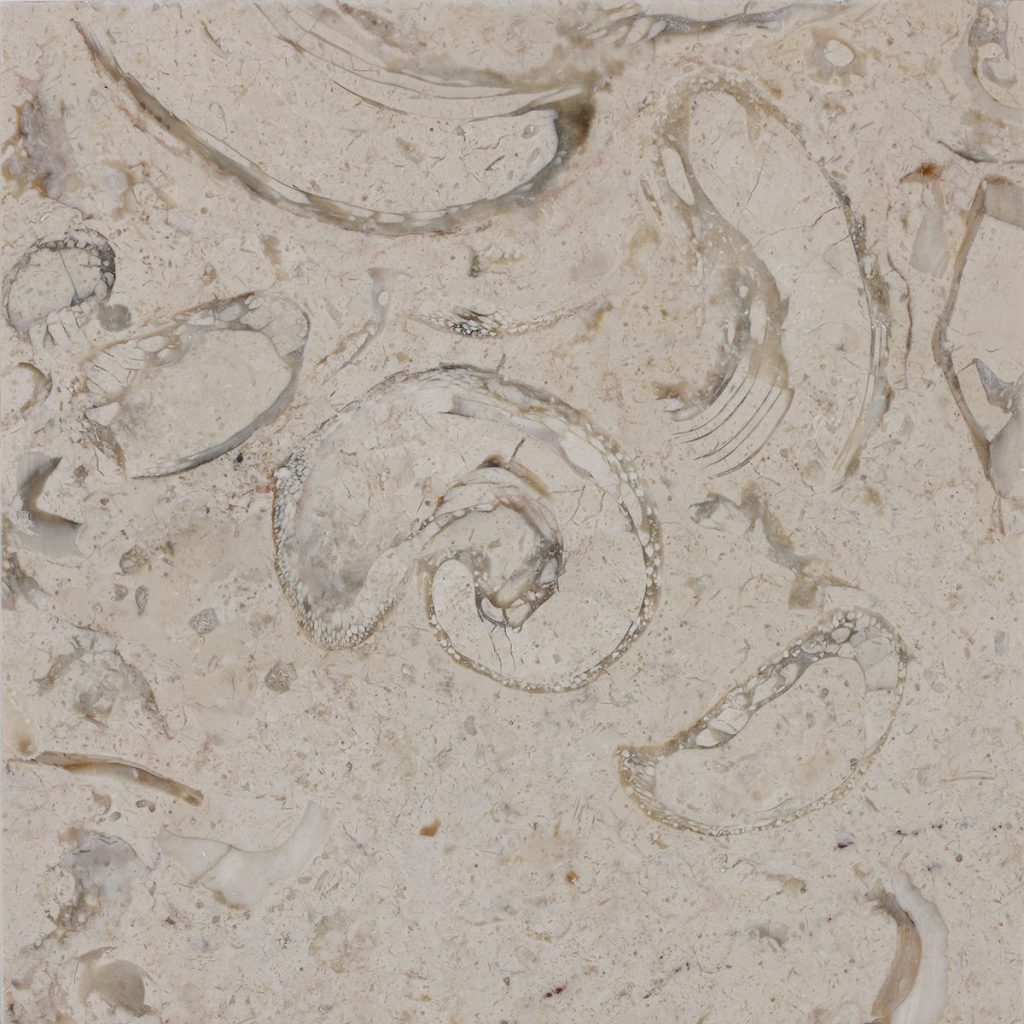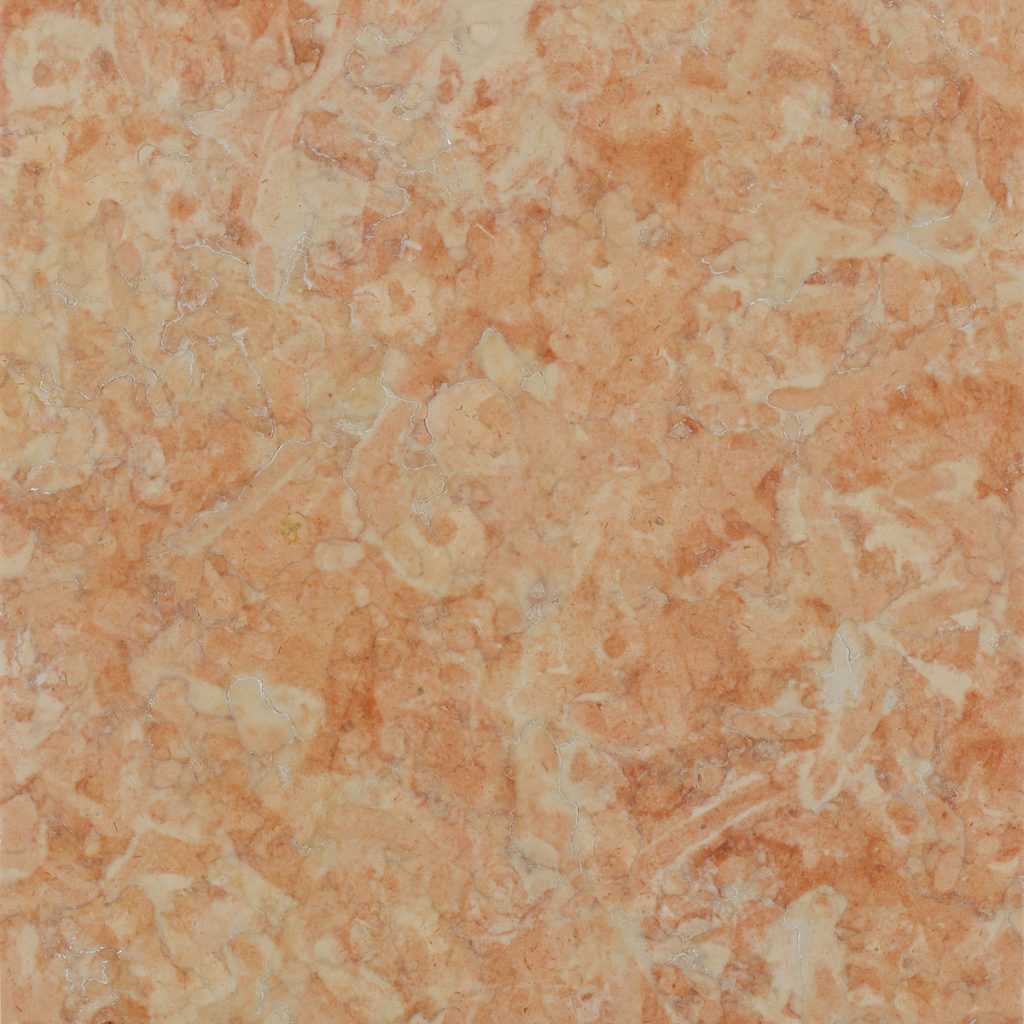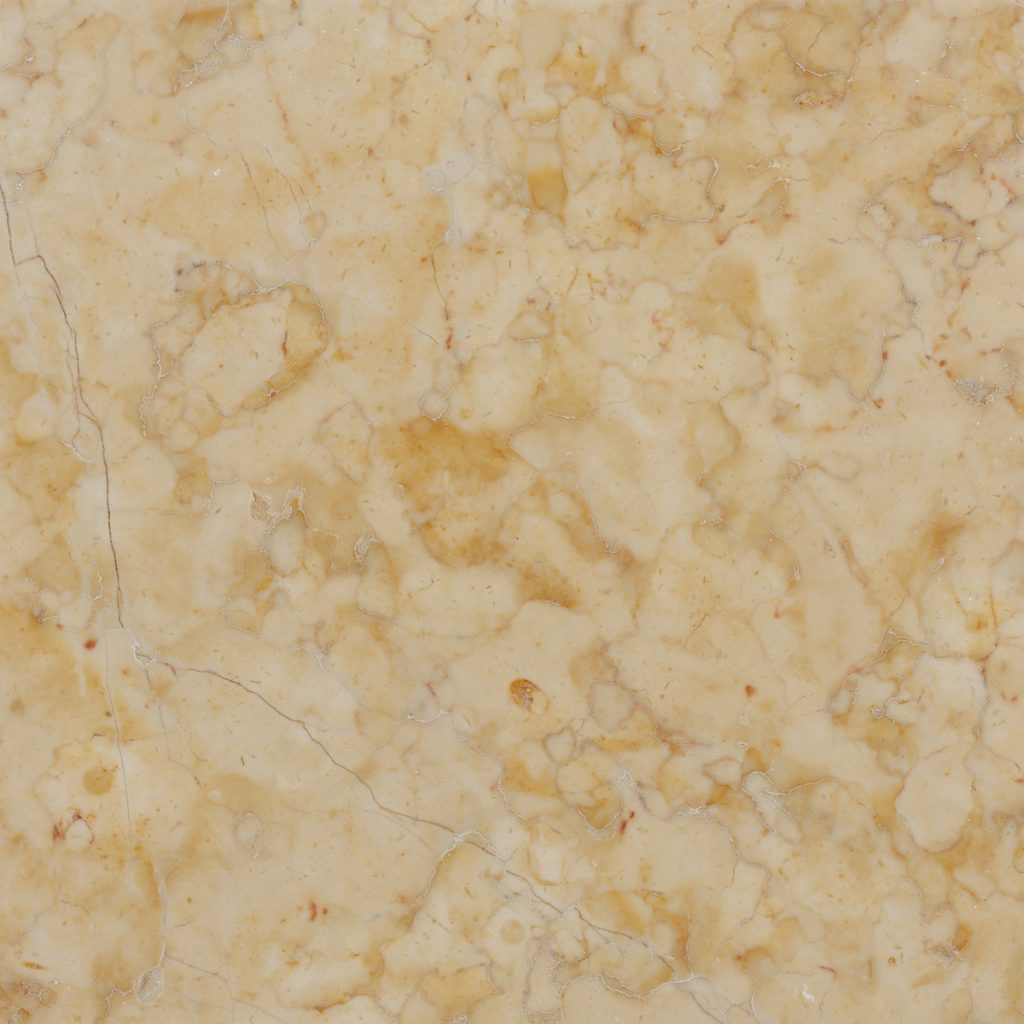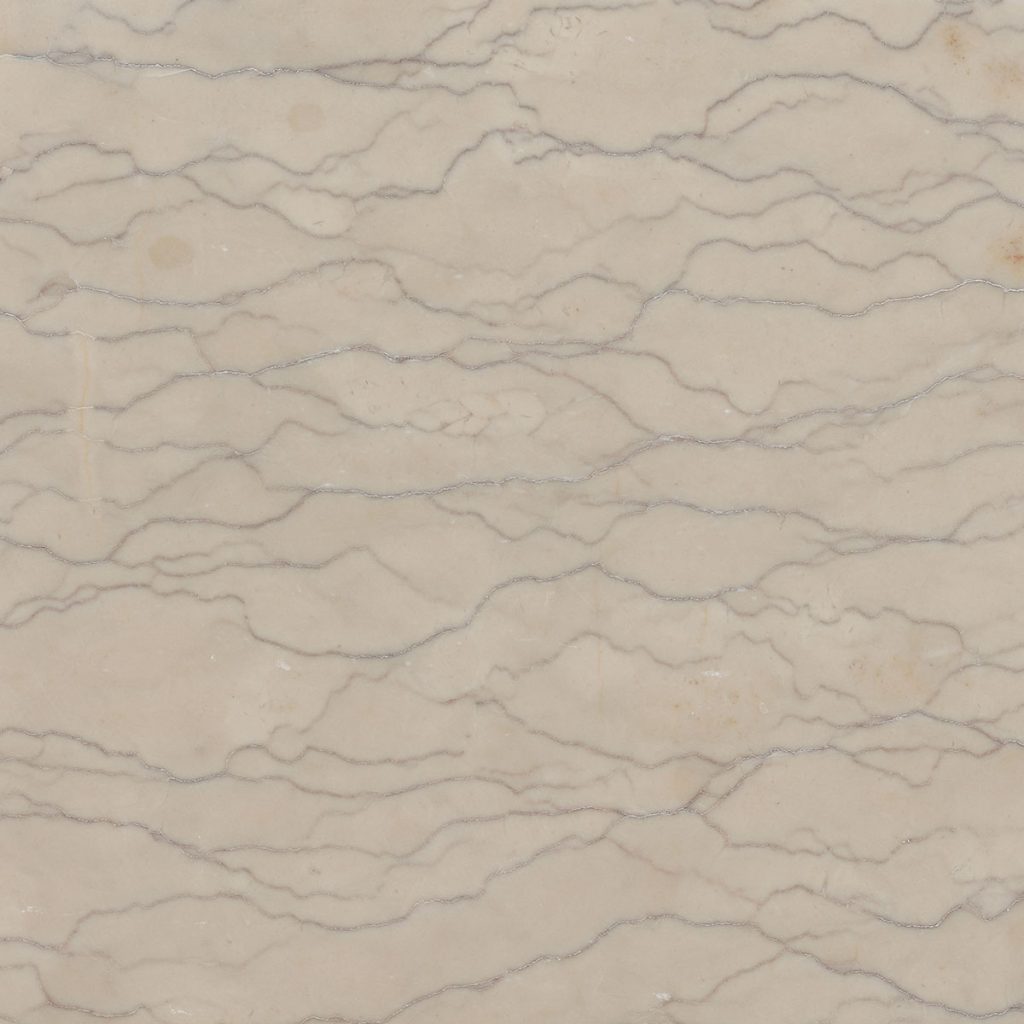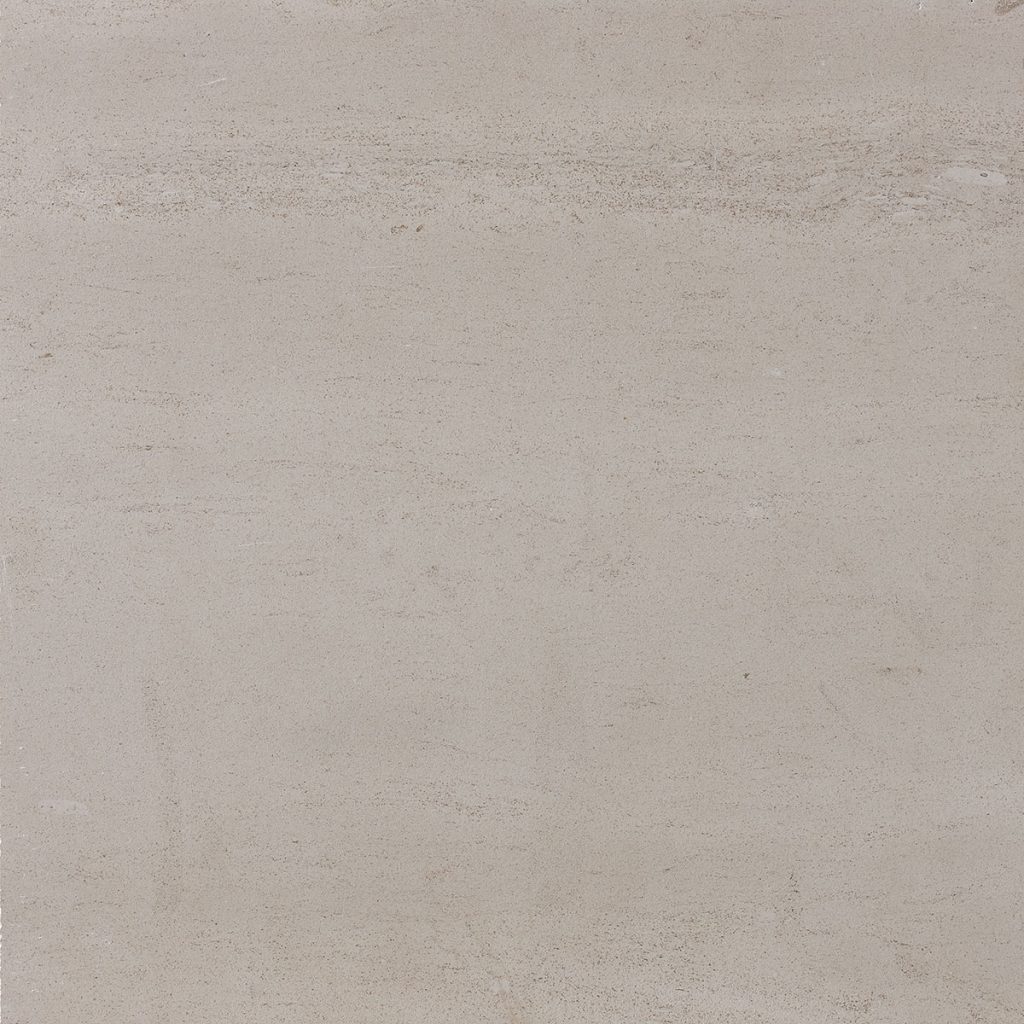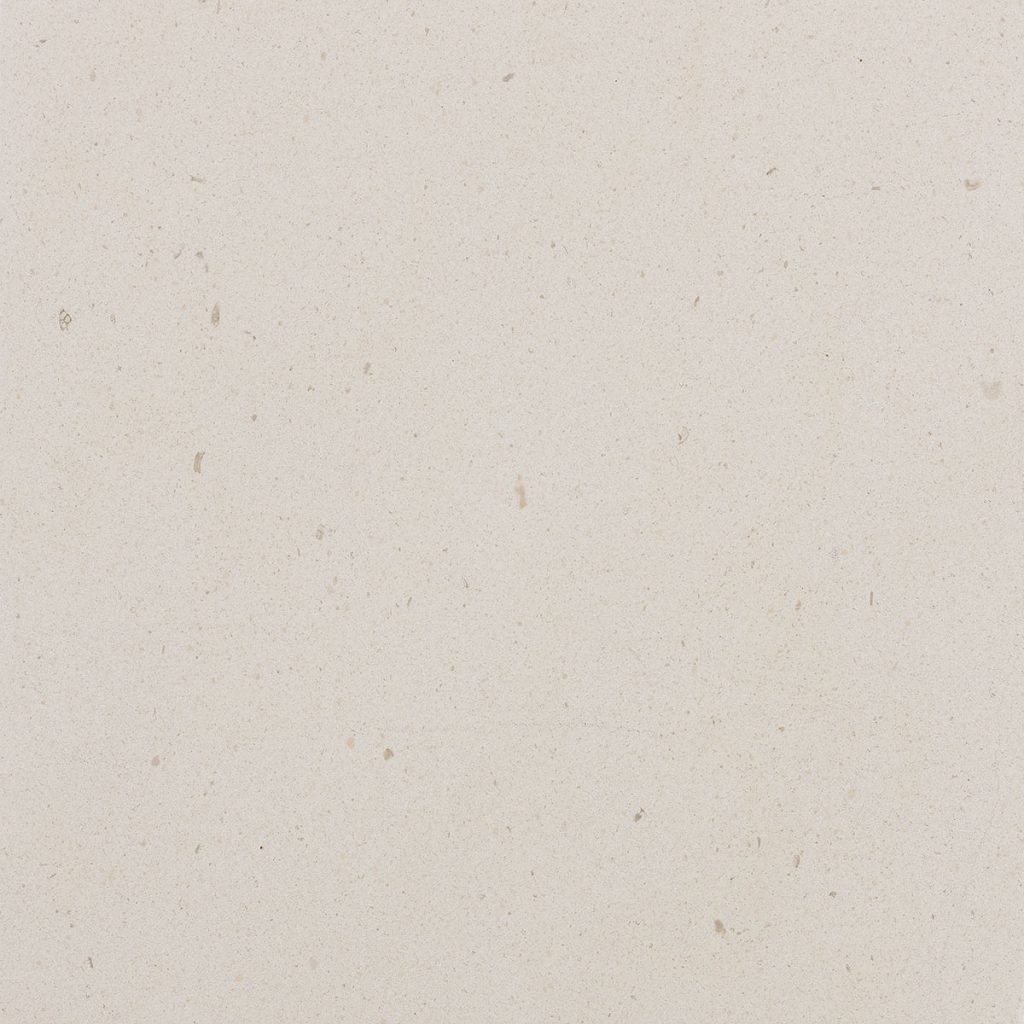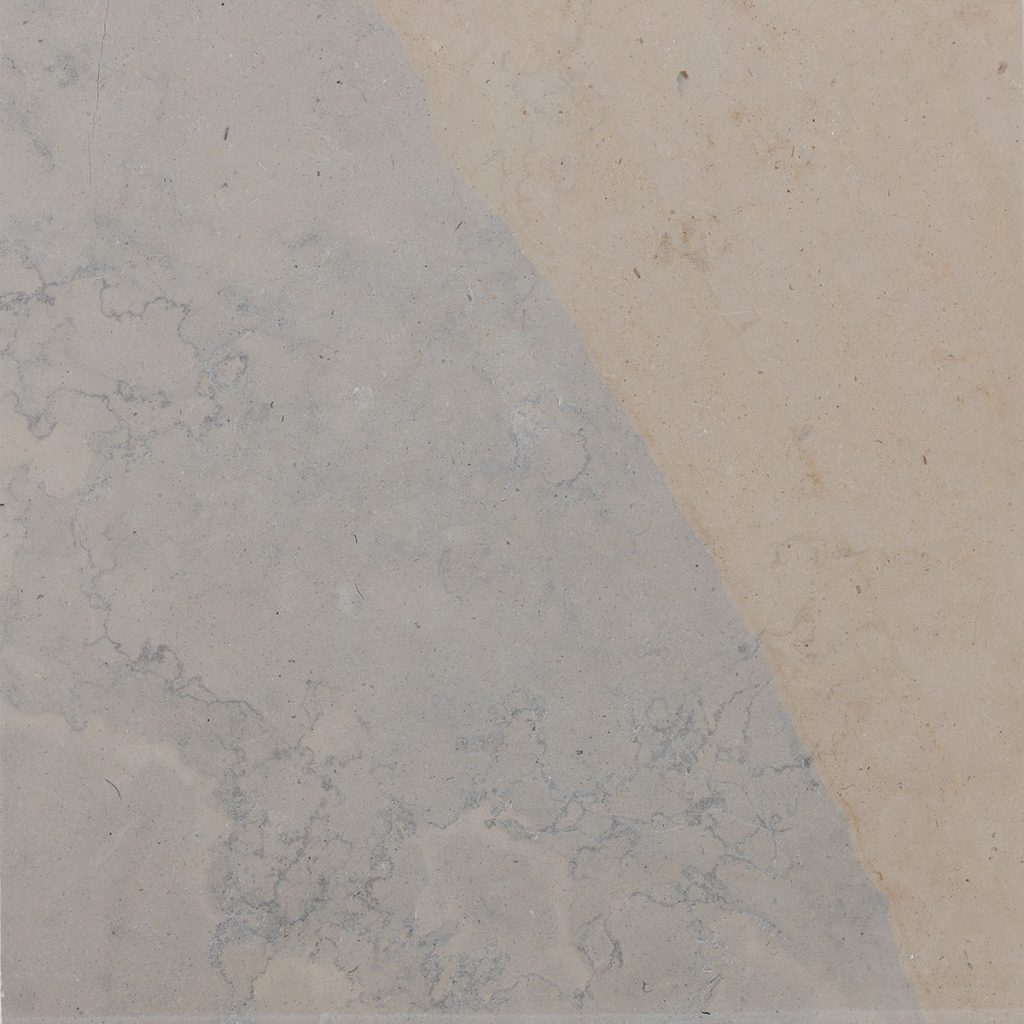Choosing the ideal stone can be a challenge, but it doesn’t have to be!
The best stone is always the one that is most suitable for your project, but of course, adapting to your taste, style and budget!
Contact your Customer Manager to help you through this process!
Vidraço de Moleanos is the name by which this compact-looking limestone is also known, with two distinct color areas – cream and grey – made up of small to medium-sized darker grains and fossils. Due to its versatility and high hardness, it is suitable for façades, stonework and floors subject to high traffic.
Beige to pink limestone with lilac veins. Highly hard and very versatile, it has a long tradition in Portugal. Monuments such as the Jerónimos Monastery and the Belém Tower, both in the city of Lisbon, were built with Lioz Abancado.
Cream-colored limestone with a very uniform appearance, with dark cream tinges. Its high hardness justifies its versatility and allows it to be used in interior cladding, facades and interior and exterior flooring subject to heavy traffic.
Light pink limestone with bluish veins. Its color varies according to mineral contamination. It is a stone with a tradition in Portugal, present in many historic buildings.
Light cream-colored limestone with a compact appearance and small to medium-sized, brownish, dispersed grains and fossils. As it has a low hardness, it is suitable for interior floors subject to medium traffic, stonework, façades and interior cladding.
Light cream limestone with a compact appearance and small, scattered dark brown and white grains and fossils. We recommend its use on interior floors subject to medium traffic, stonework, façades and interior cladding.

